Something Old, Something New, Something Borrowed, Something Blue
(ongoing)Blending analogue photography, sketches, and AI-generated imagery, I expolore how unconscious thoughts shape our lives. The project reflects on memory, imagination, and the tension between control and algorithmic unpredictability.














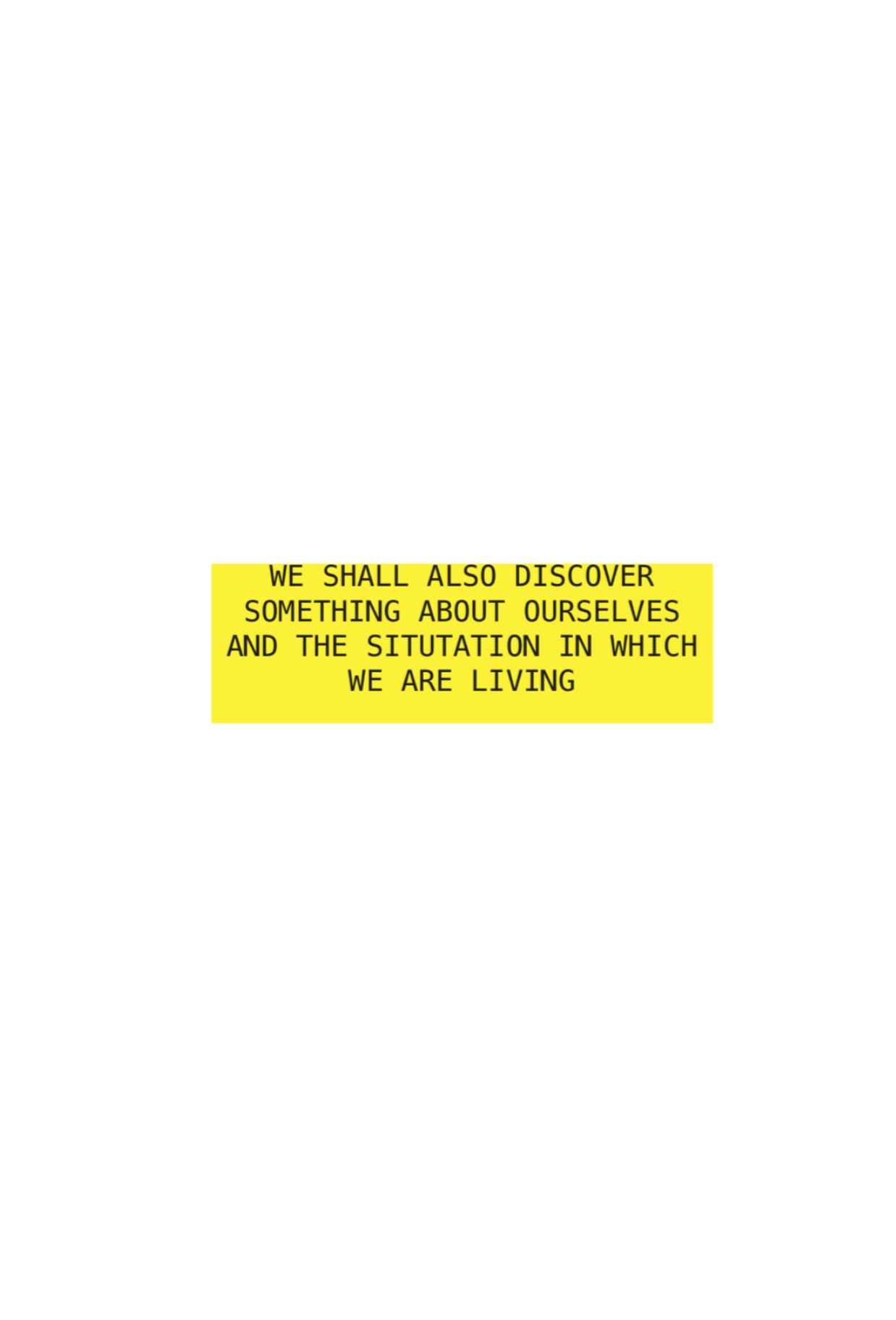

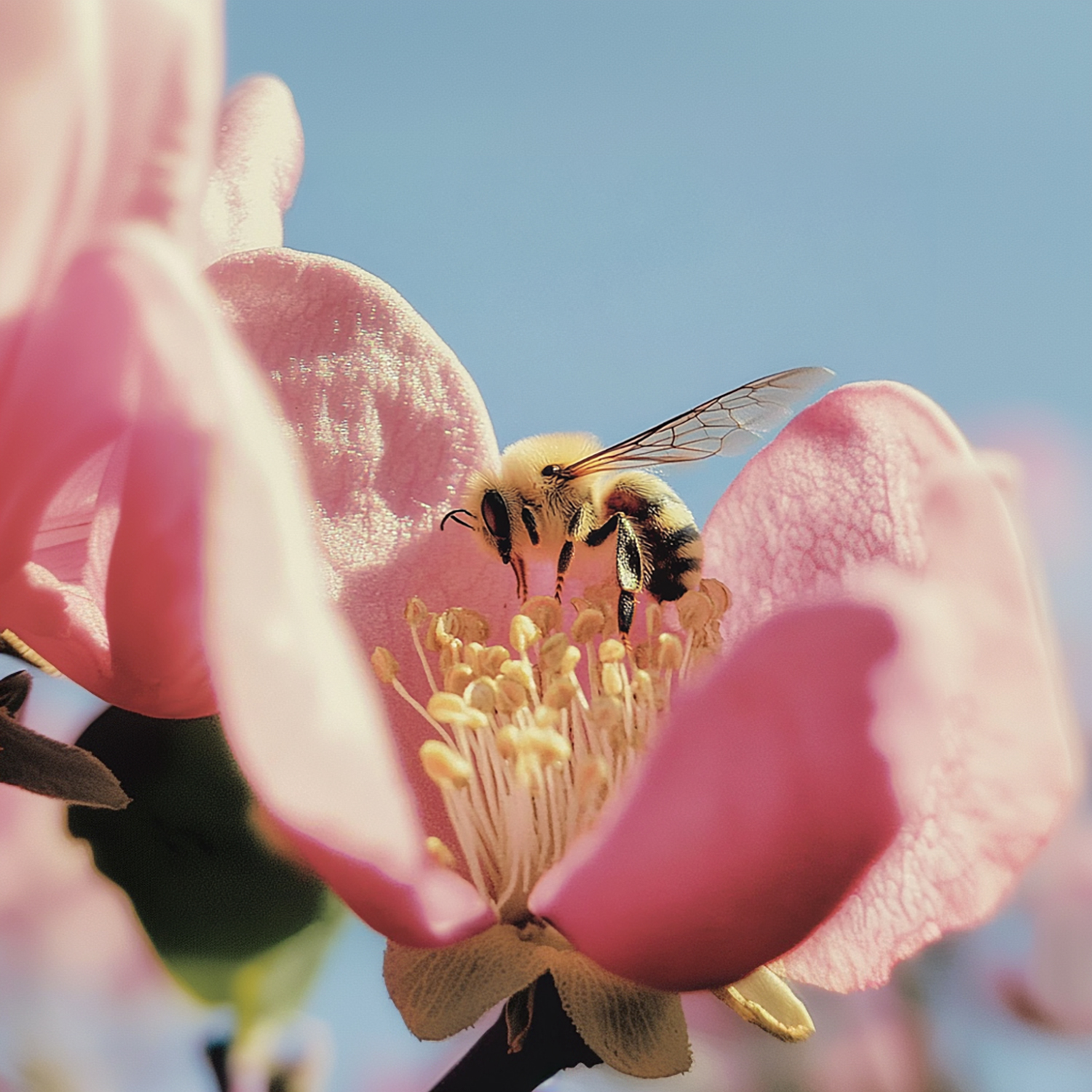

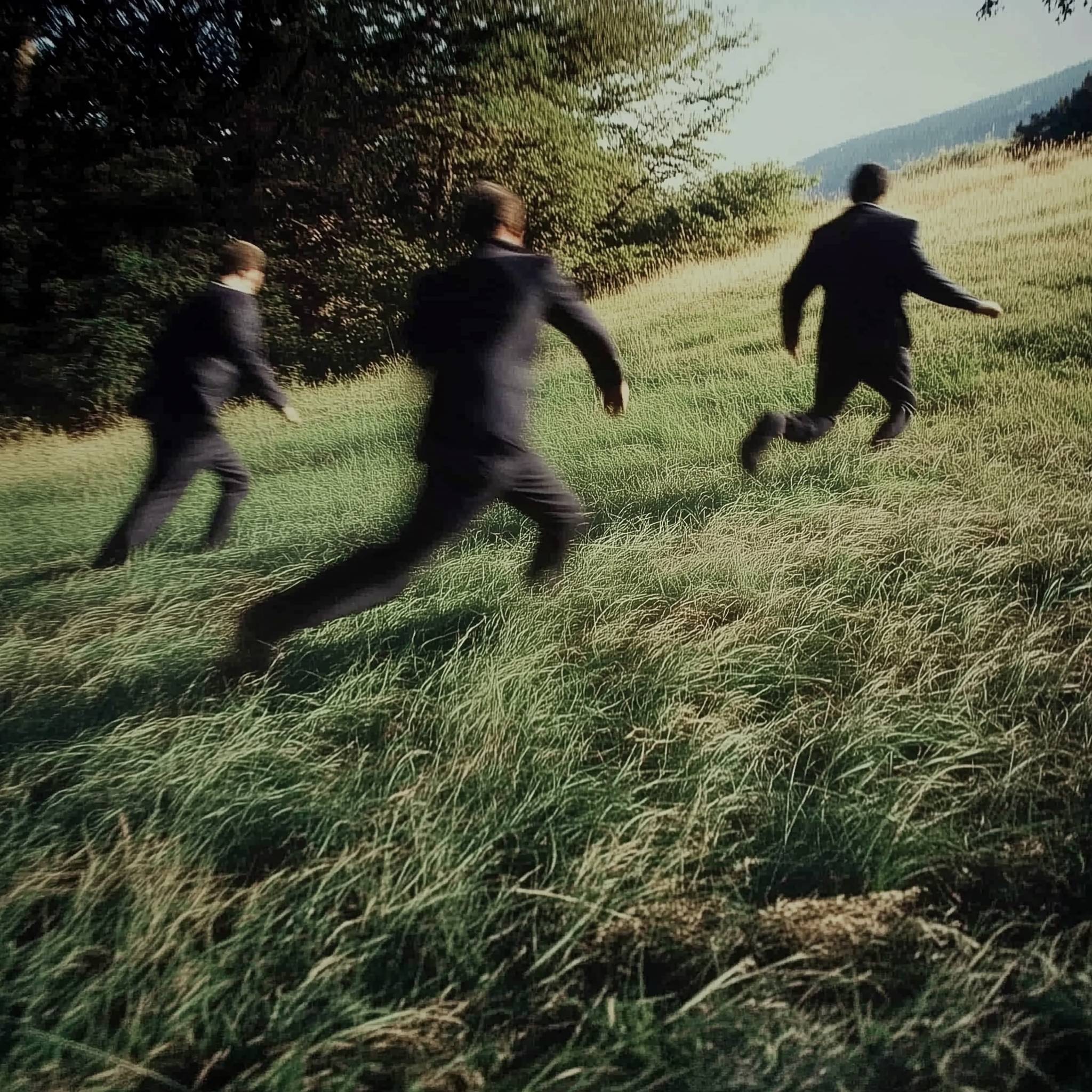
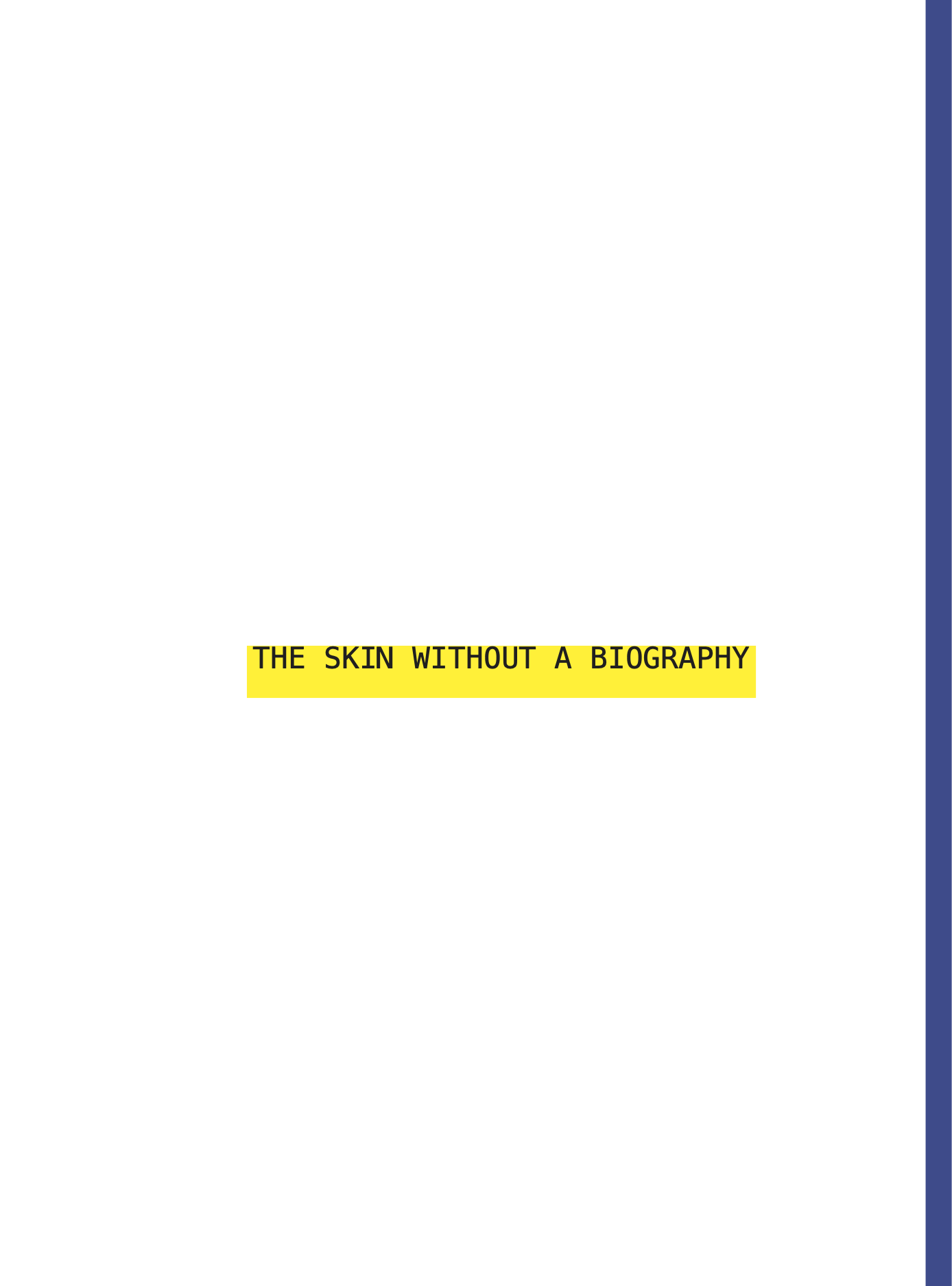
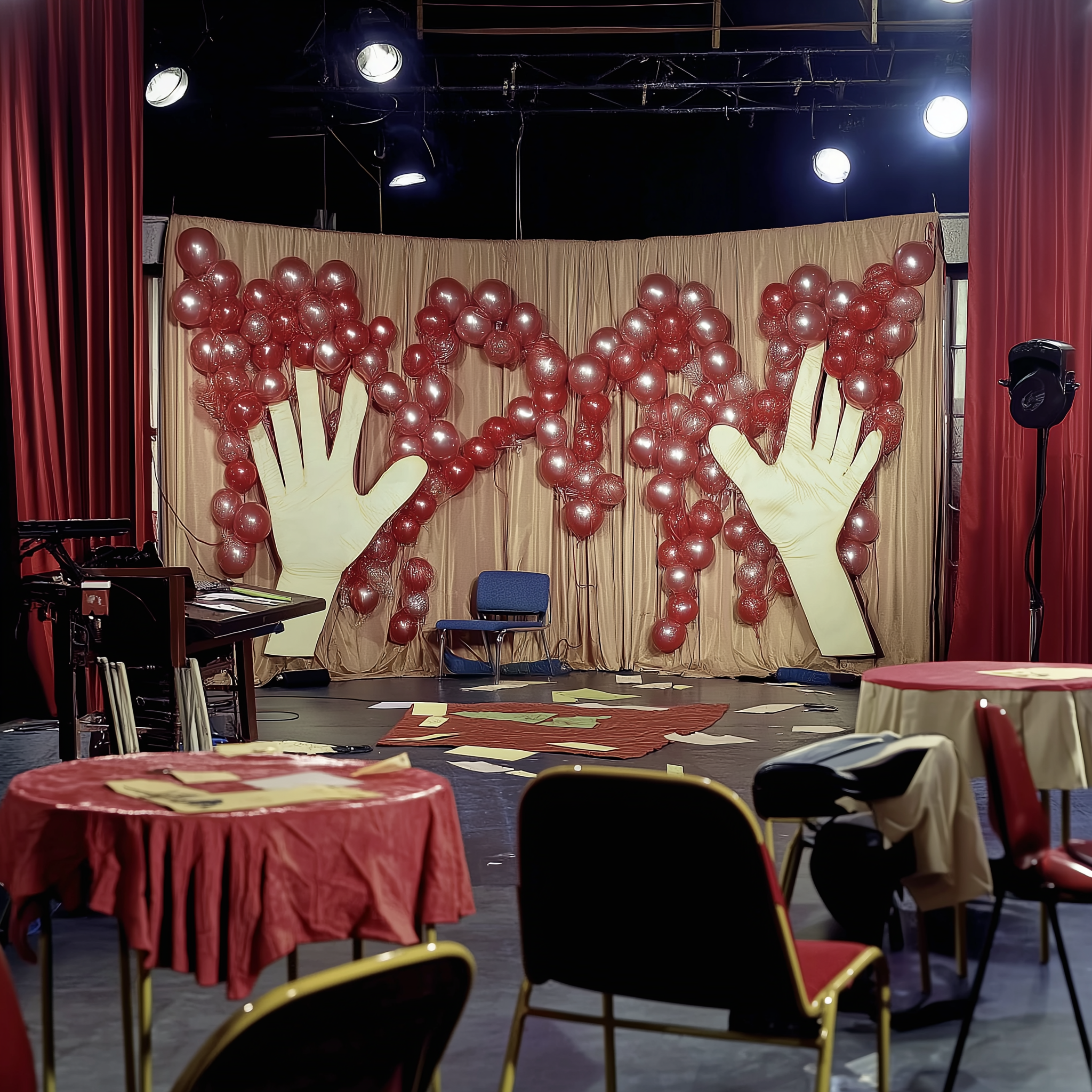

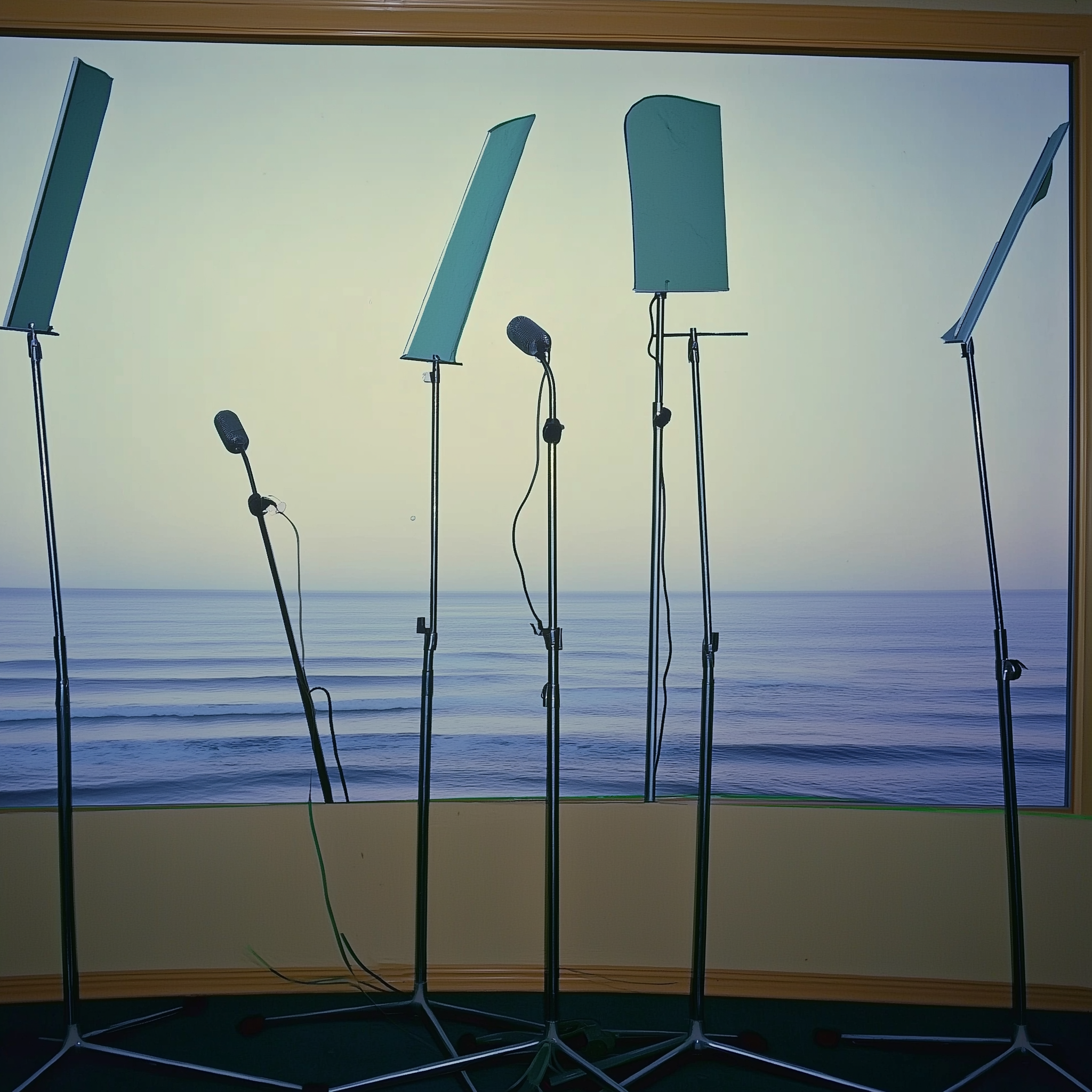


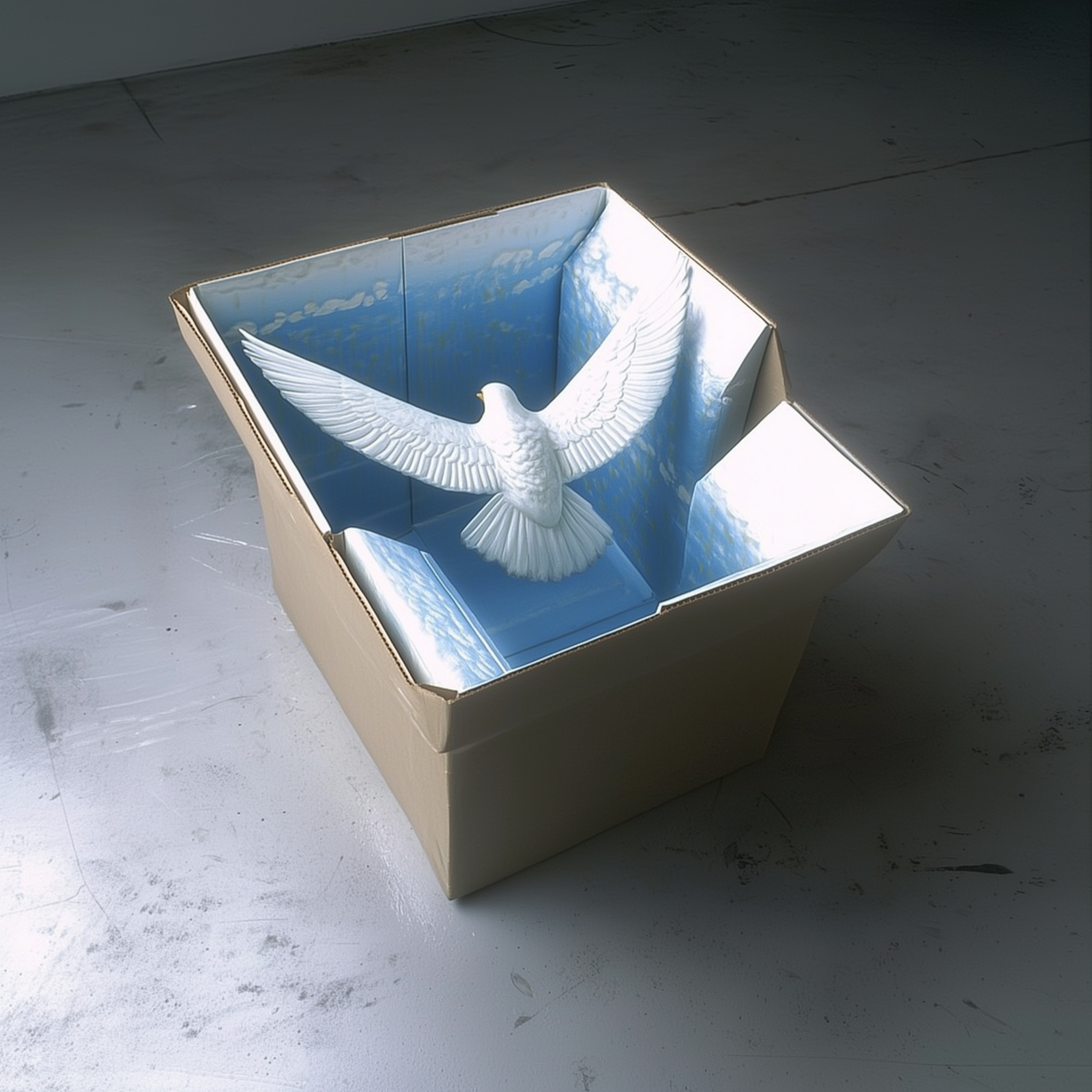
to be continued
Premiere at Images Vevey September, 2026
Prometheus
Commisioned work for
Art Encounters Biennale
The 5th edition of the Art Encounters Biennial My Rhino is not a Myth focuses on the intersection between art, science and fictions, by exploring their potential to reclaim reality as a mesh of complex processes. In between scientific explorations and imaginative speculation, it touches upon stories of the unknown and the drive to change, adapt or subvert.
Art Encounters Biennale
The 5th edition of the Art Encounters Biennial My Rhino is not a Myth focuses on the intersection between art, science and fictions, by exploring their potential to reclaim reality as a mesh of complex processes. In between scientific explorations and imaginative speculation, it touches upon stories of the unknown and the drive to change, adapt or subvert.

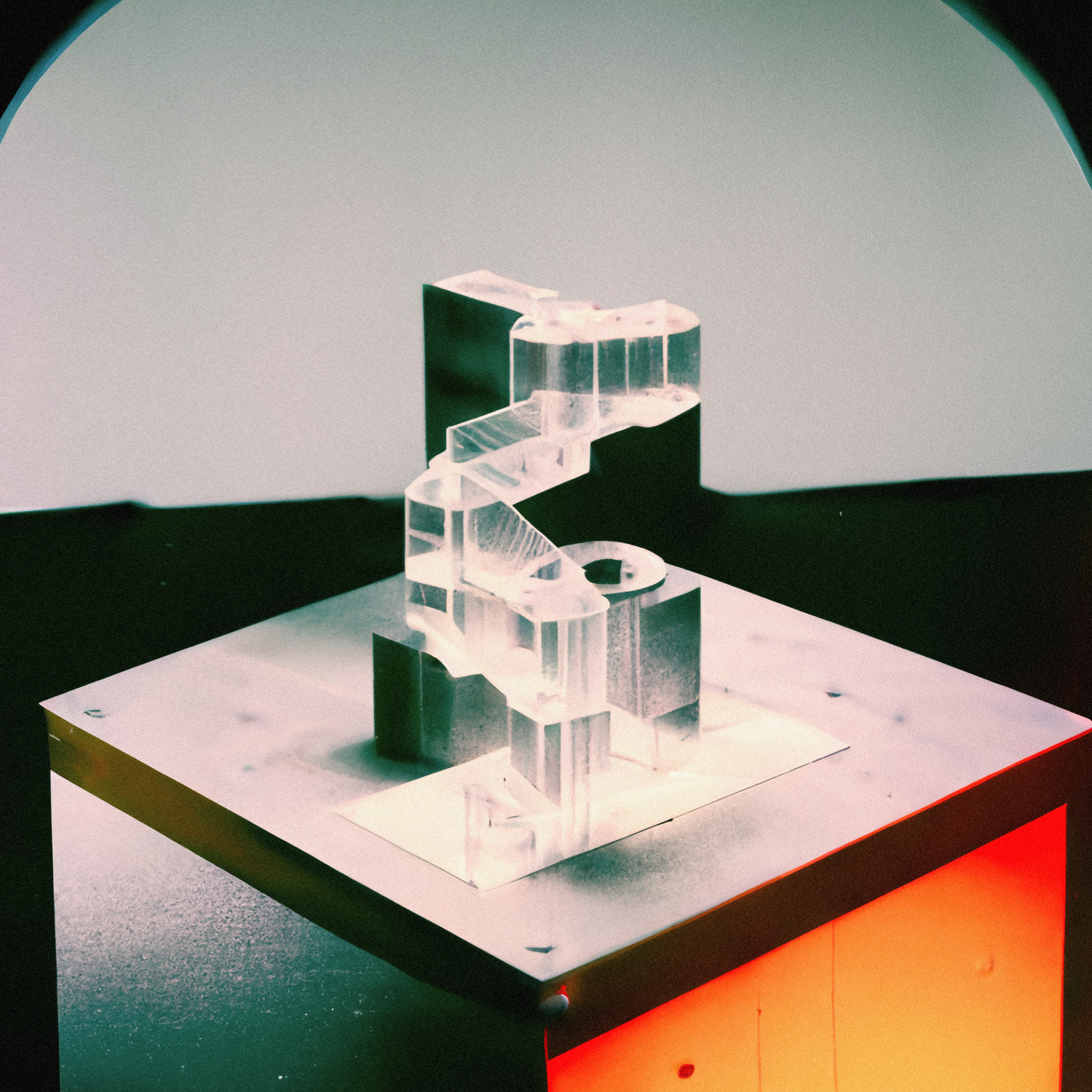
Art Encounters Biennial, Timisvara, 2023
Unfolding as many narrative threads, the biennial draws inspiration from a remarkable example of artistic and scientific imagination: Albrecht Dürer’s renowned work Rhinocerus, created in 1515 without the artist ever seeing the depicted animal. It was a response to a strange encounter, the first rhino traveling to the European continent since antiquity. But Ganda, as its Gujarati name was, reached Pope Leo X only as a taxidermic relic. Dürer’s imaginative woodcut became one of the most influential animal images, finding its way into scientific publications up until the 18th century and continuing to be incorporated into numerous artistic imageries long after.
With the Rhinocerus, the power of the imaginative reflects on both the artistic and scientific realm; on forms of collaborations that haven’t yet been systemized and divided in what modernity will frame as The Two Cultures: sciences and humanities. But Ganda was also a breathing being, one of the living artefacts serving as accessories of power. Its voyage around the world also mapped a geopolitical trajectory in all its haunting history of violence. Therefore, it tells a complex story of entangled places, manners of knowledge-making and a society in a profound process of change.
Art Encounters Biennale Concept
Art Encounters Biennale Concept
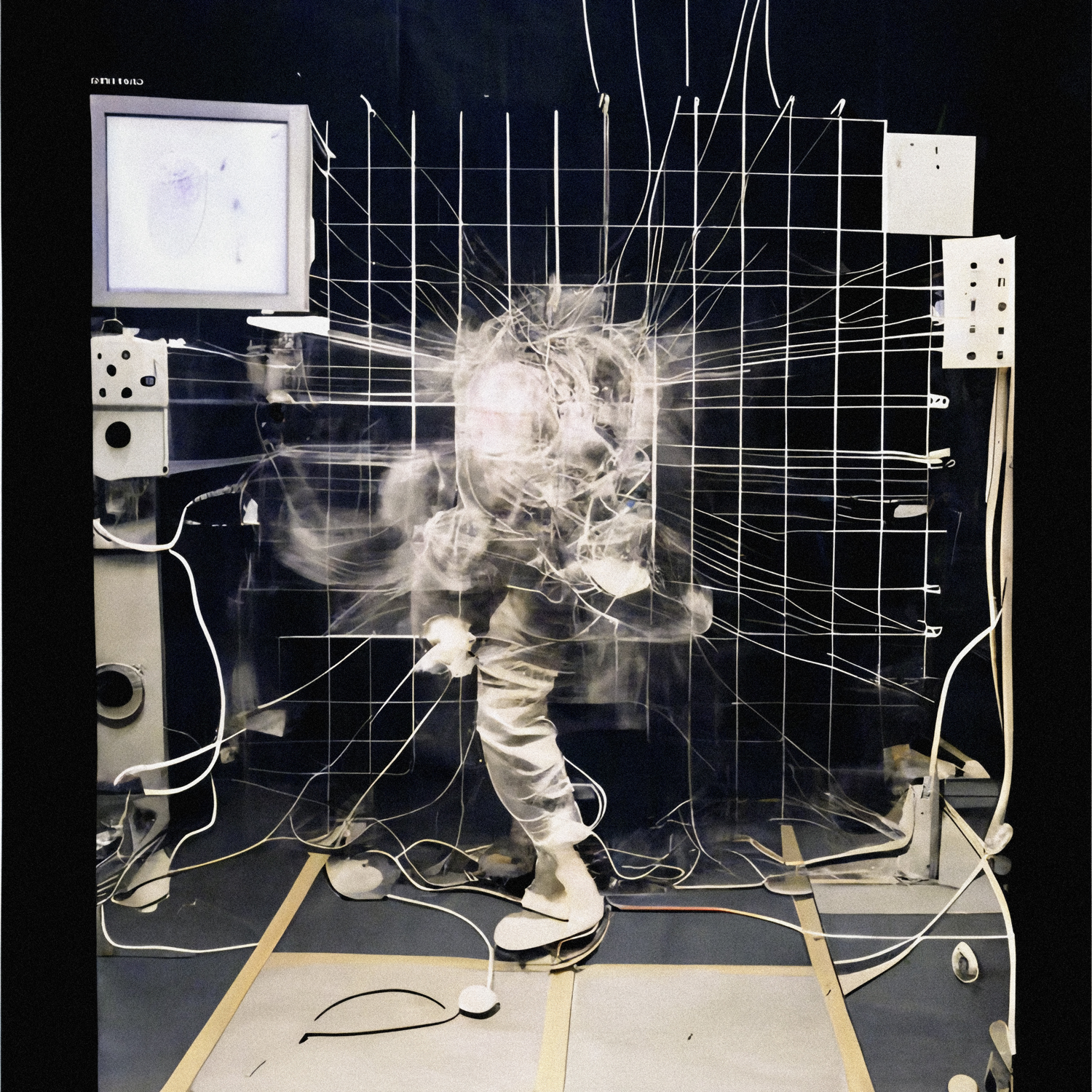

The title of the biennial ties a connection to the play Rhinocéros, written in 1959 by the Romanian-French author Eugène Ionesco. A response to the rise of authoritarian regimes and complicity, the original story envisions the inhabitants of a small, provincial village gradually turning into rhinoceroses, while constantly denying the undergoing mysterious process. My Rhino is not a Myth reclaims this power to resist forms of conformity, and instead relies on the imaginative abilities of science and art to create breaches into accepted truths, and address processes unaccounted for.
The biennial therefore proposes a crossover of art, science and fictions as new ways to look at things, underlining the vitality of their entanglement in the fabric of life and reality. They create “art-science-fictions” as a fluid exchange between scientific and artistic approaches that respond to changes in our lived realities, which are marked by environmental and social transformations.
Art Encounters Biennale Concept
Art Encounters Biennale Concept

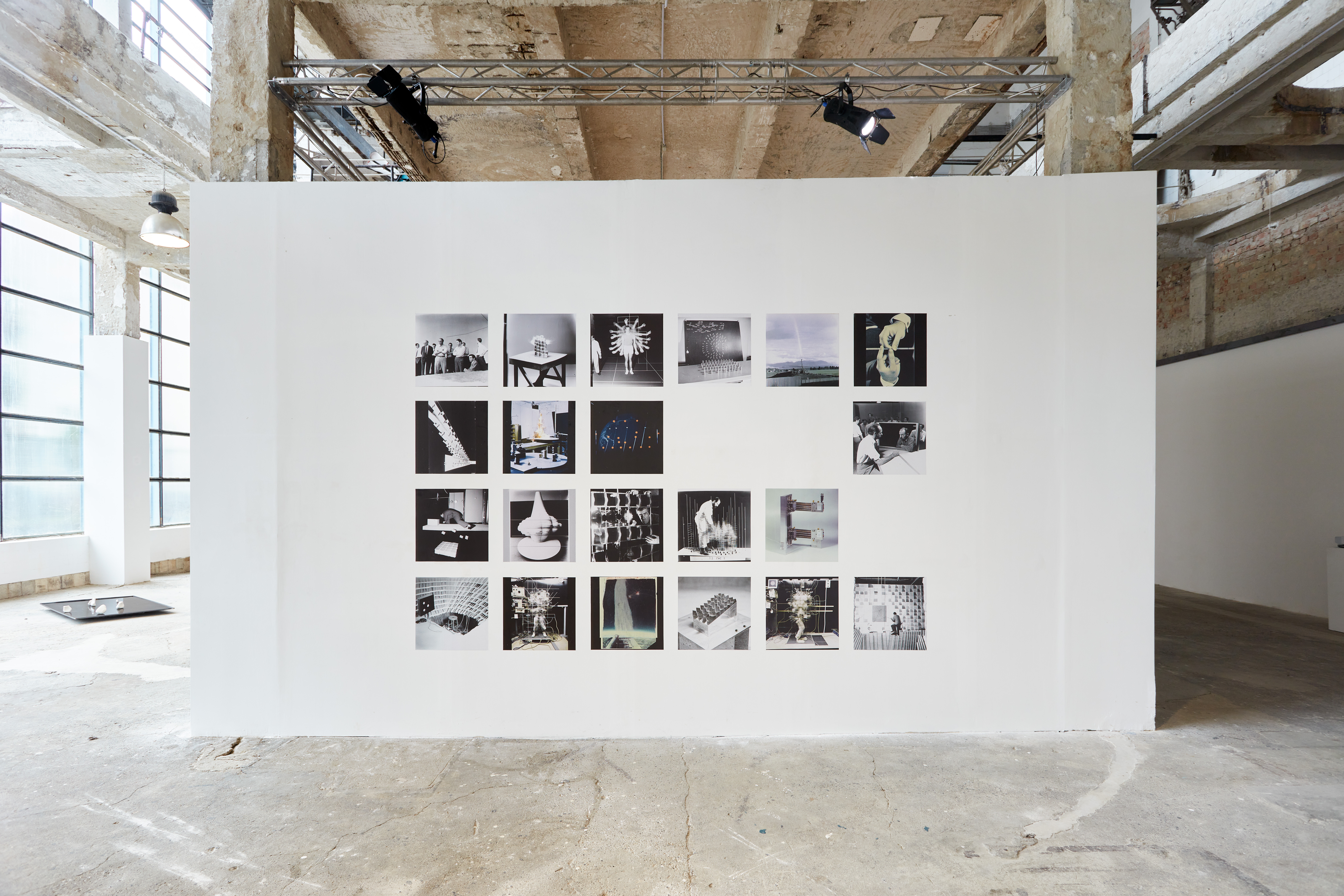

I’m Afraid I Can Do That- Group Exhibition @ Torula, Győr, Hungary, 2023

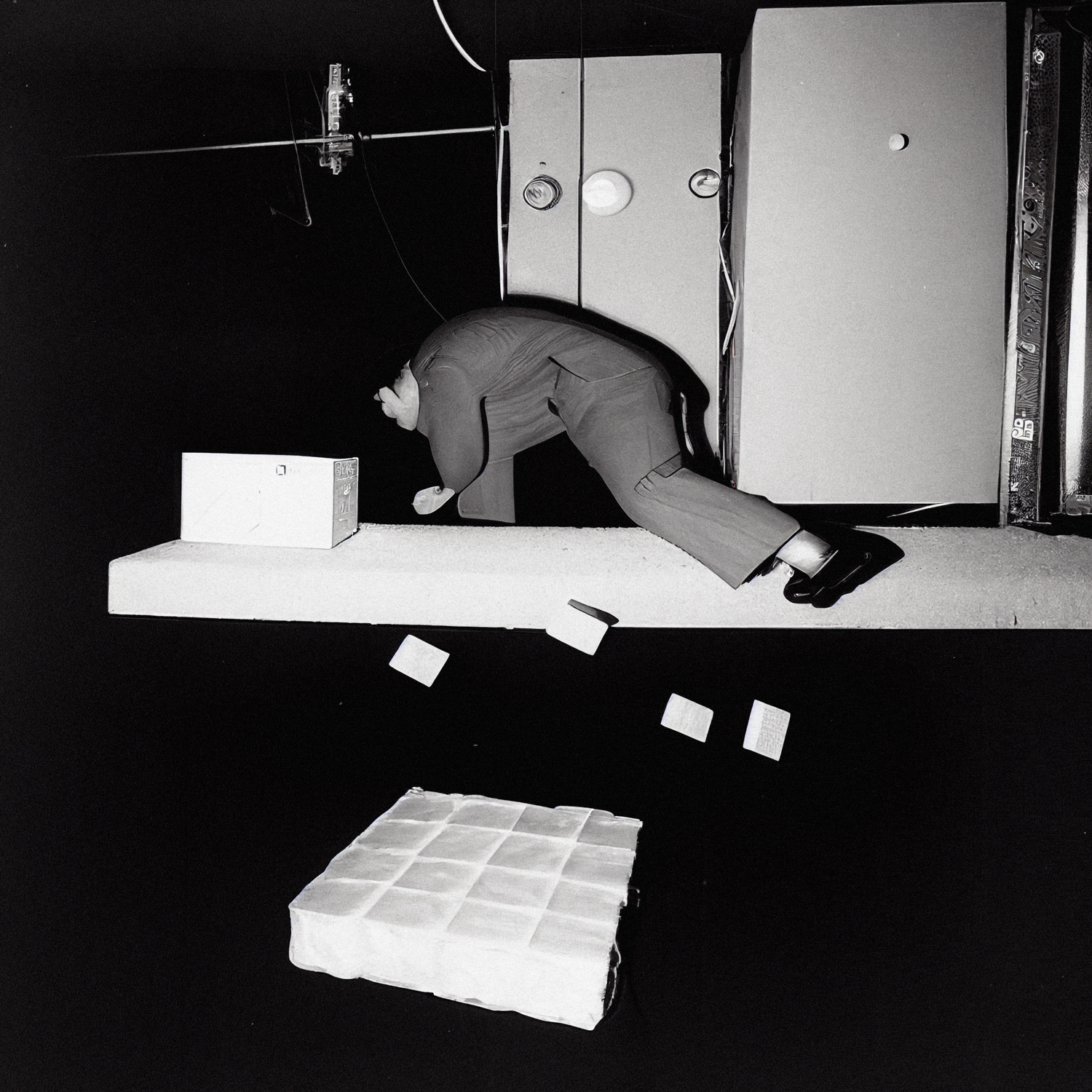


I’m Afraid I Can Do That- Group Exhibition @ Torula, Győr, Hungary, 2023




See Daylight
See Daylight is an attempt to understand and question the market forces that shape young artists of today. It’s not a text that takes this challenge easily. It does not want to lie down a strict story, or one interpretation of our current discourses, but instead, challenge and take the reader on a journey. By breaking the fourth wall, it speaks directly to the reader in an attempt to start a conversation that is unfolding and by no means is closed or finished. It is a playful, self-reflective, open-ended conversation between reader and writer.
A book for young artists starting out today in the art market, trying to survive and be seen. There are many books out there that are meant to give carrier advice to the new generation. How to reach audiences, how to sell your work, how to find a gallery, basically how to make it.
See Daylight challenges these discourses. Instead of offering a business plan for individuals out there eager to fulfill themselves, it questions these power relations and market forces. It is a conversation, not a one-way critique of the art market, but instead hopefully a start of a critical, honest conversation.
Concept and Text: Kata Geibl
Graphic Design: Csenge Katinka
2021

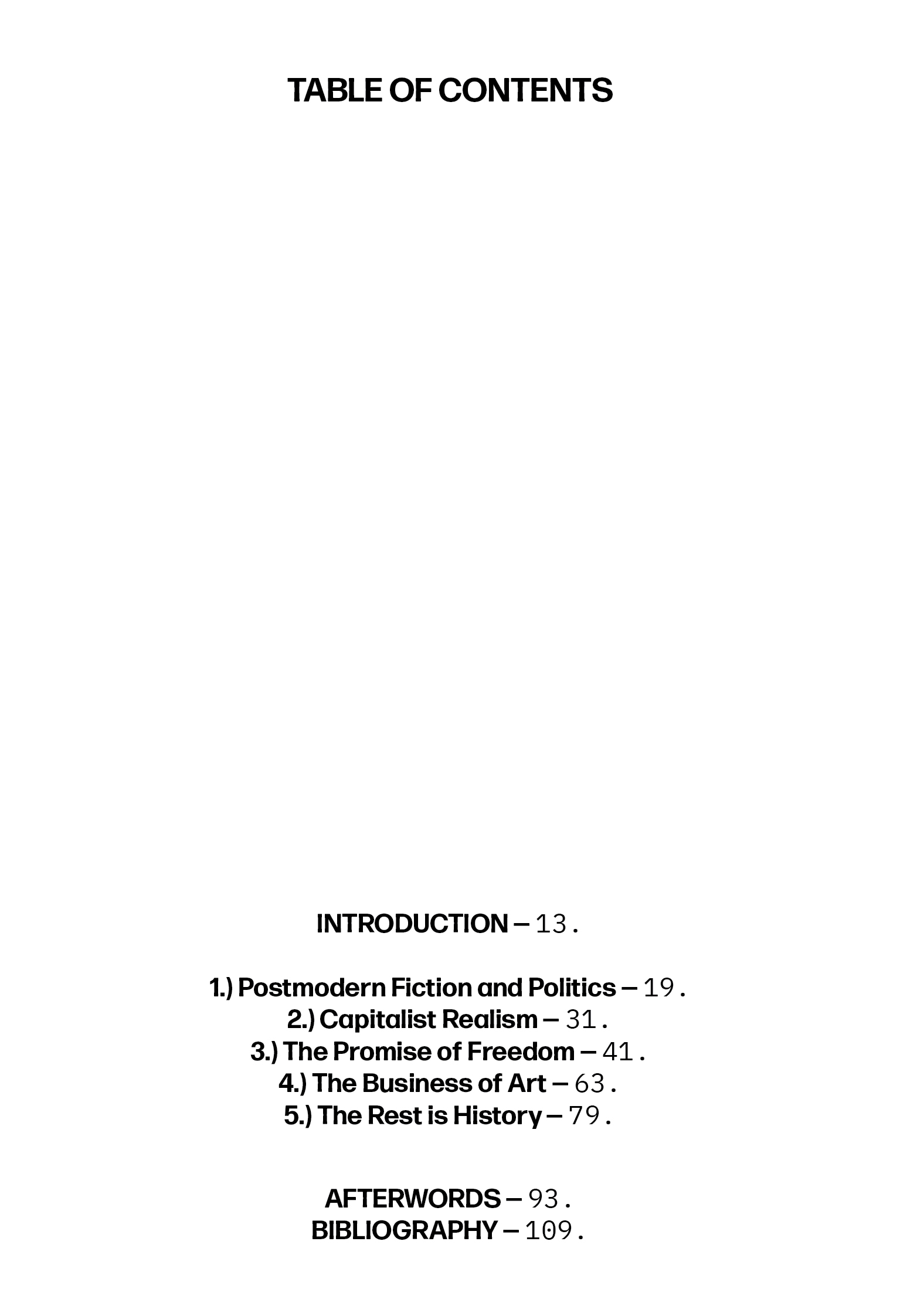

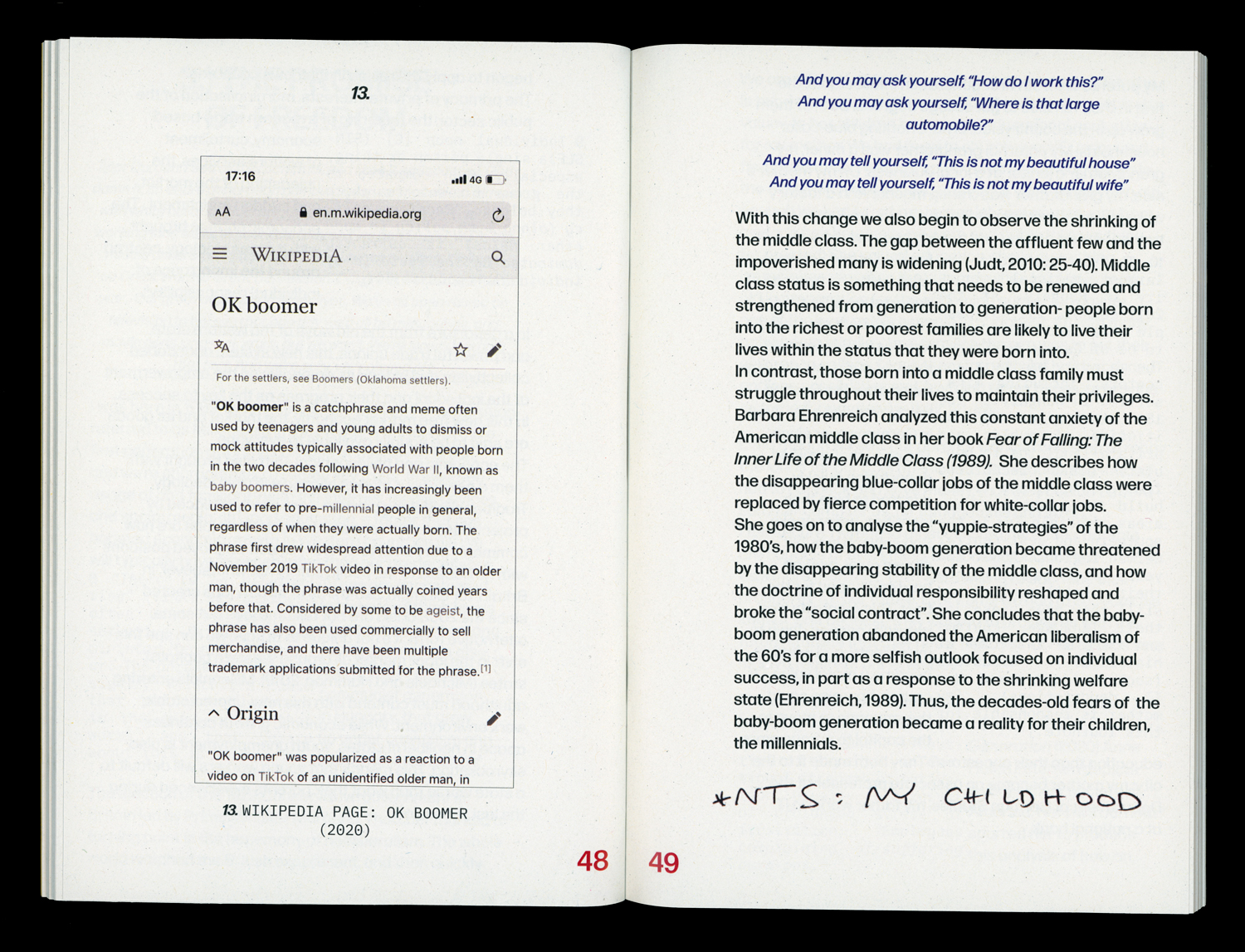
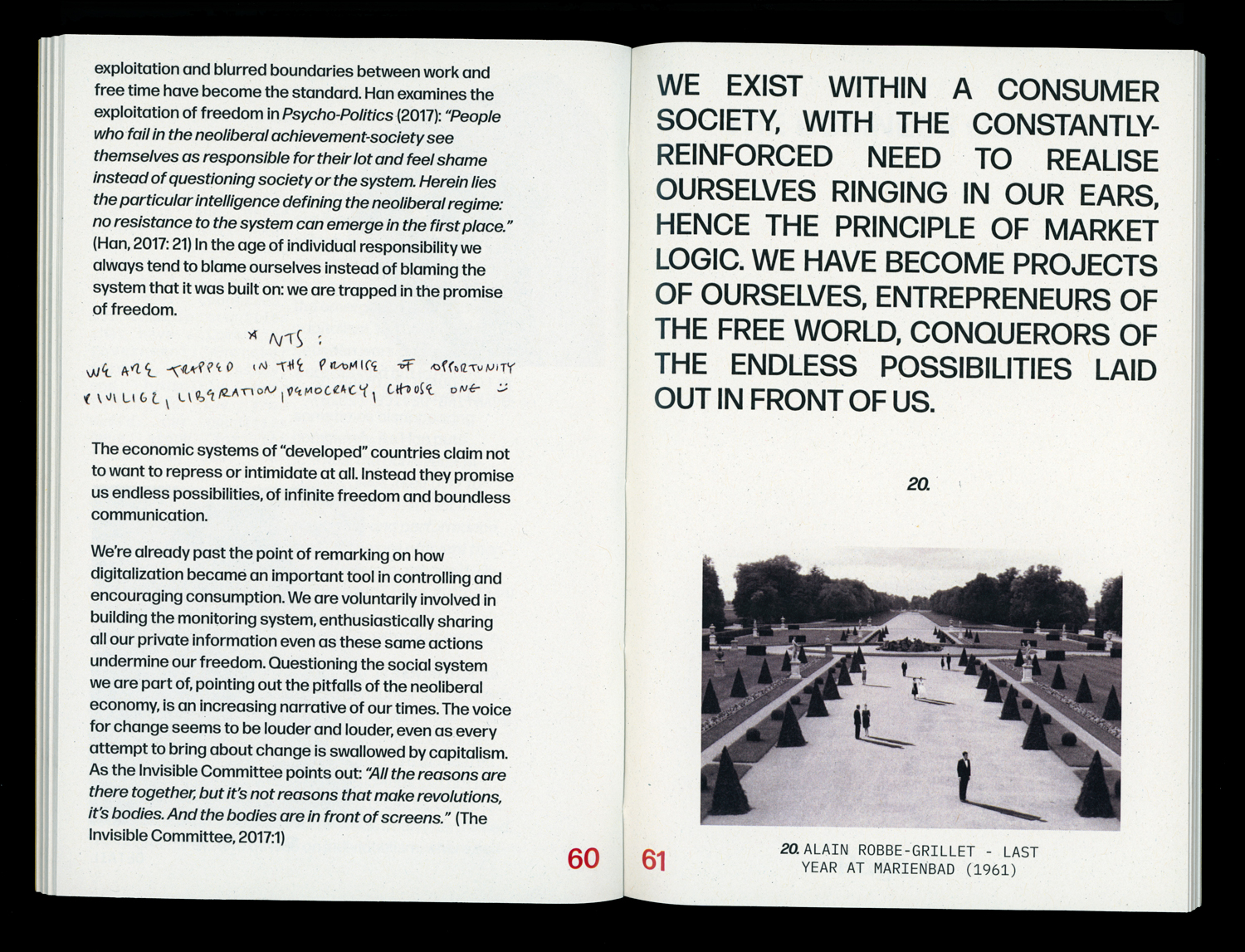
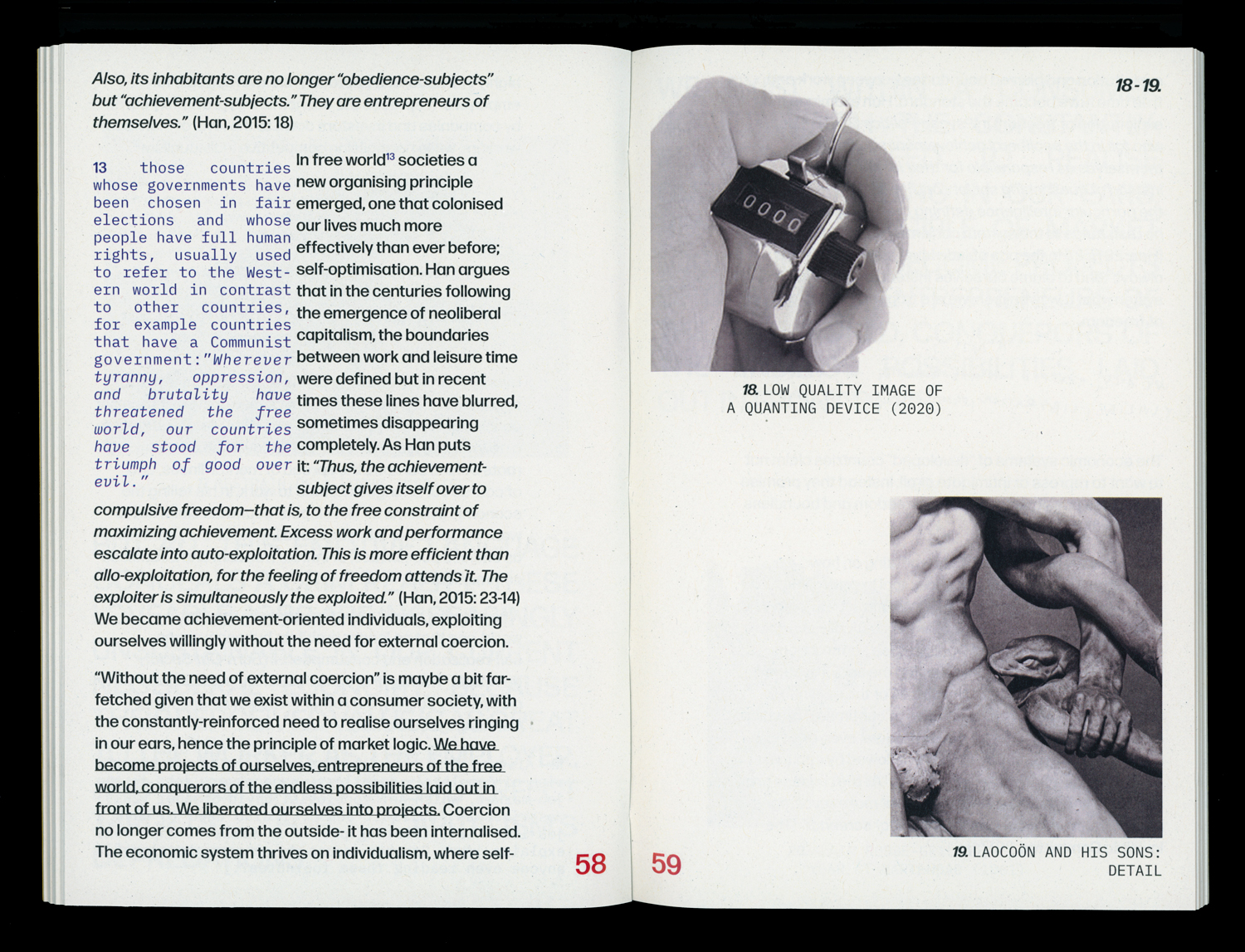
The work starts with the analysis of postmodern discourse, and how postmodern ways of production still frame the cultural logic of today. This chapter equips the reader with the skill set to interpret and question the narratives of cultural conflicts which transformed the Western World into a tense, divided society.


The following chapters sketch out how neoliberal modes of production changed our perception of reality and our workday. The framework of consumer society and competitive individualism how an entire generation called the Millennials were faced with a new ideology, centered around the importance of individual responsibility.
After the analysis of political forces that abandoned collectivism and placed its emphasis on the empowerment of the individual and their progress as the key to success, the thesis untangles some of the ways in which these forces affected the art market from the 1970s onwards, and how these power relations are still affecting artists today.

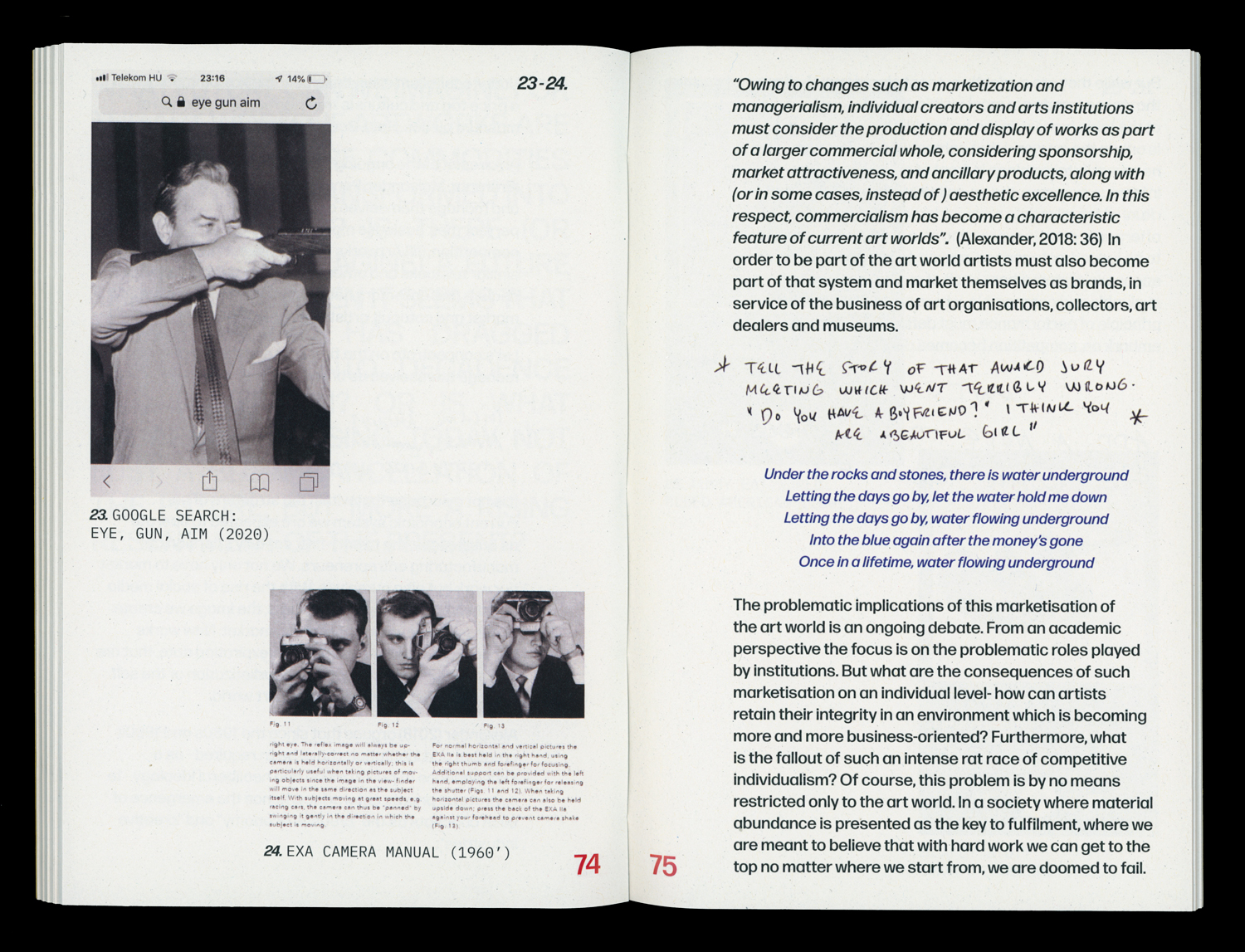

More information soon
There is Nothing New Under the Sun
‘There is Nothing New Under the Sun’ is Geibl’s first monograph. Carefully planned images are mixed with stream-of-consciousness texts. A poetic approach emerges through allegories, personal short stories and image pairs. The project deals with the rampant individualism that underpins our contemporary social, political, and economic system, and in particular, the environmental impact that it has. Geibl’s aim with the series is not to lecture, or to lay down a strict story, nor to interpret economic issues. She takes the viewer on a journey. There are no clear answers but instead ambiguous questions. Which we have to ask sooner or later as we are not only heirs of the system but also suffer under it.
Artist-Book Published by Void.
Availble at:
https://void.photo/nothingnew
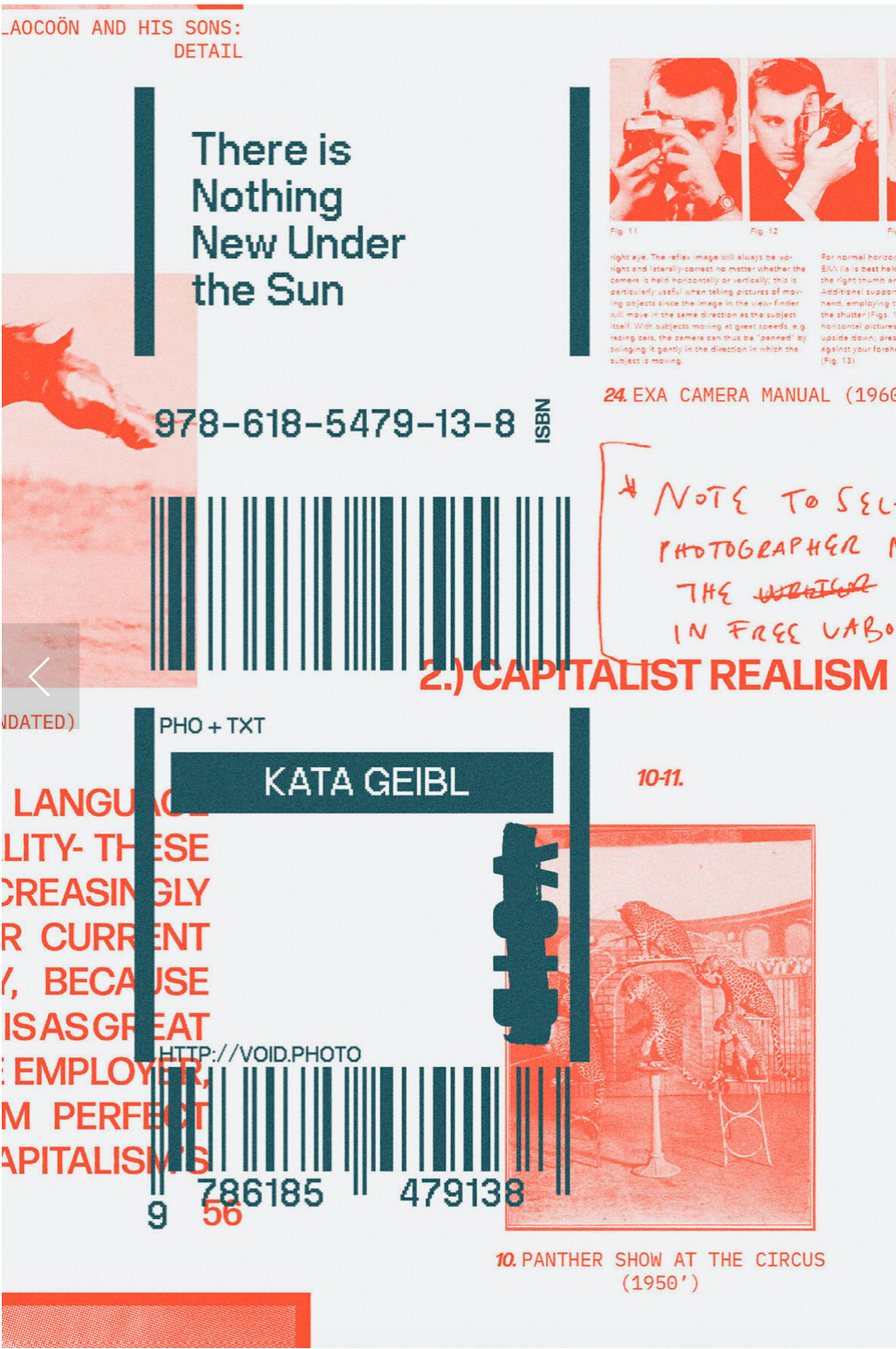

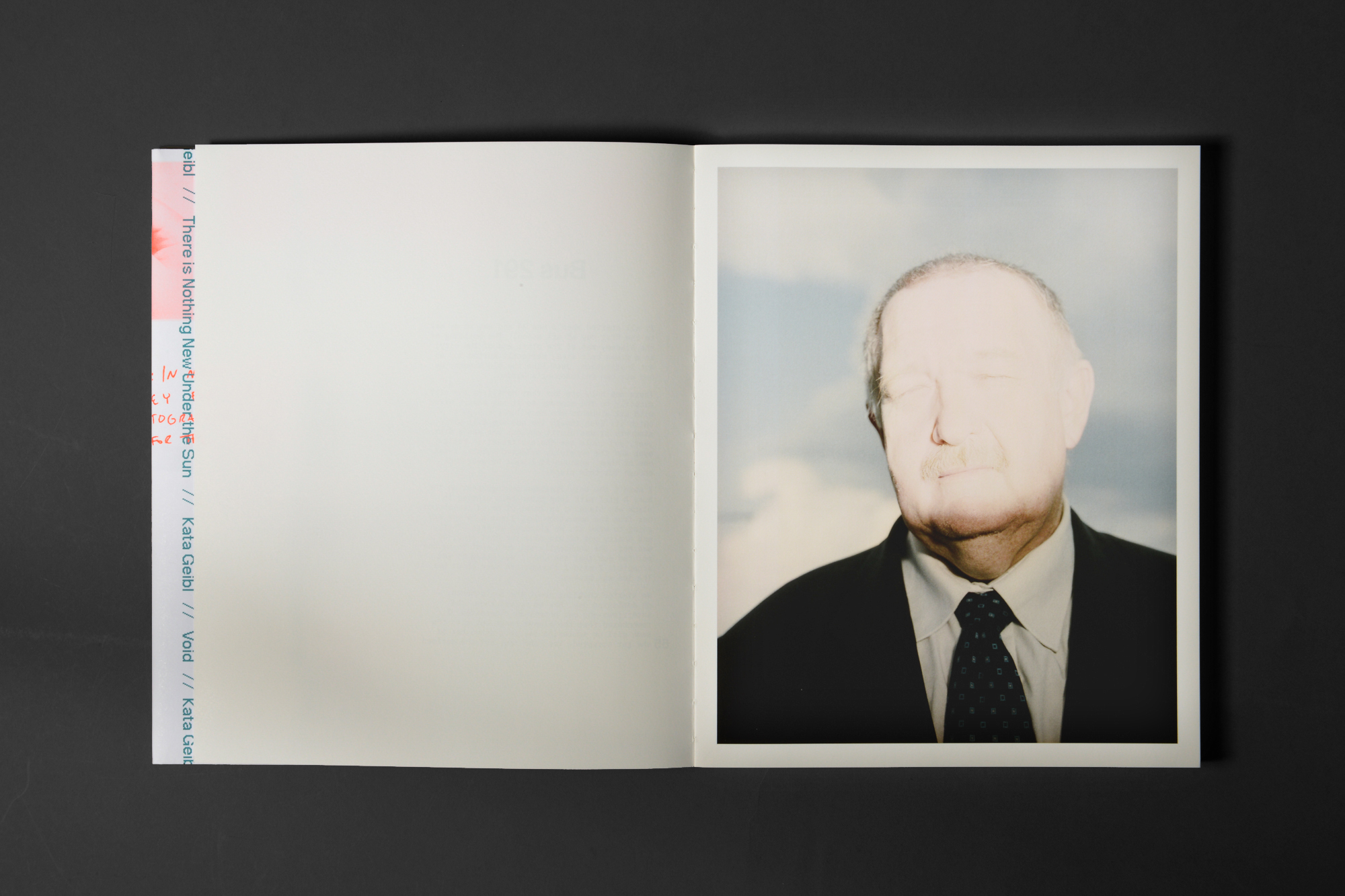
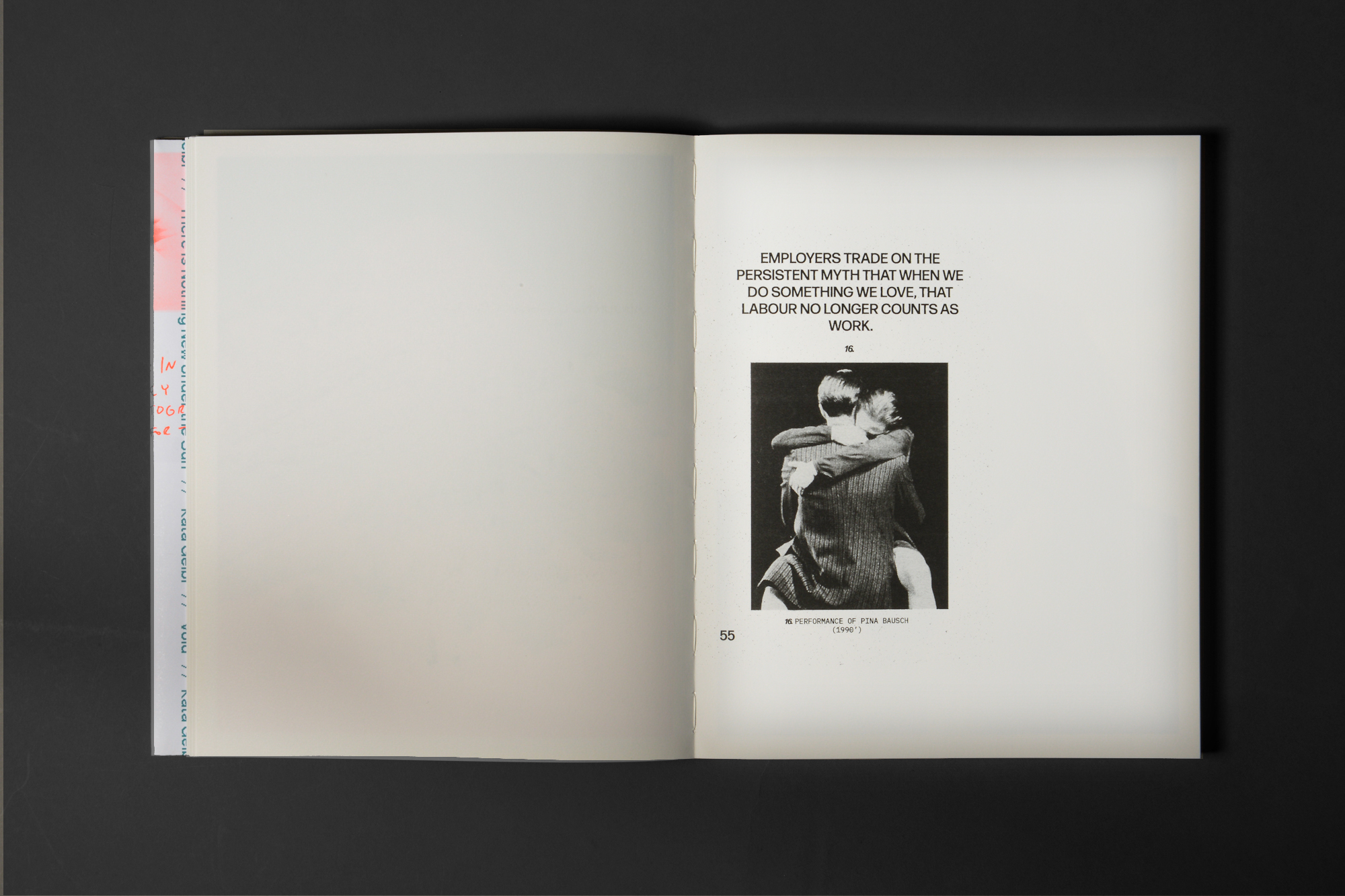
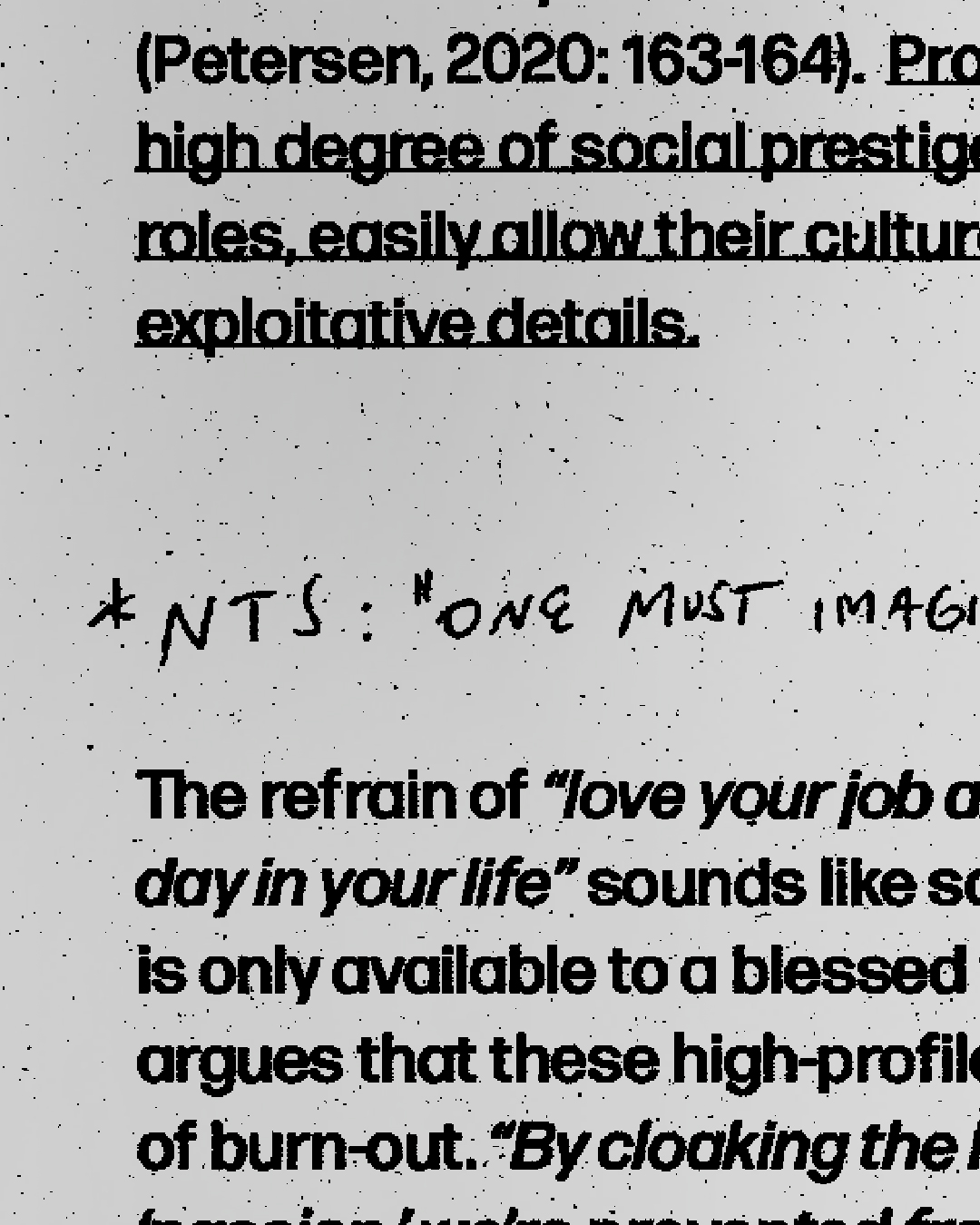
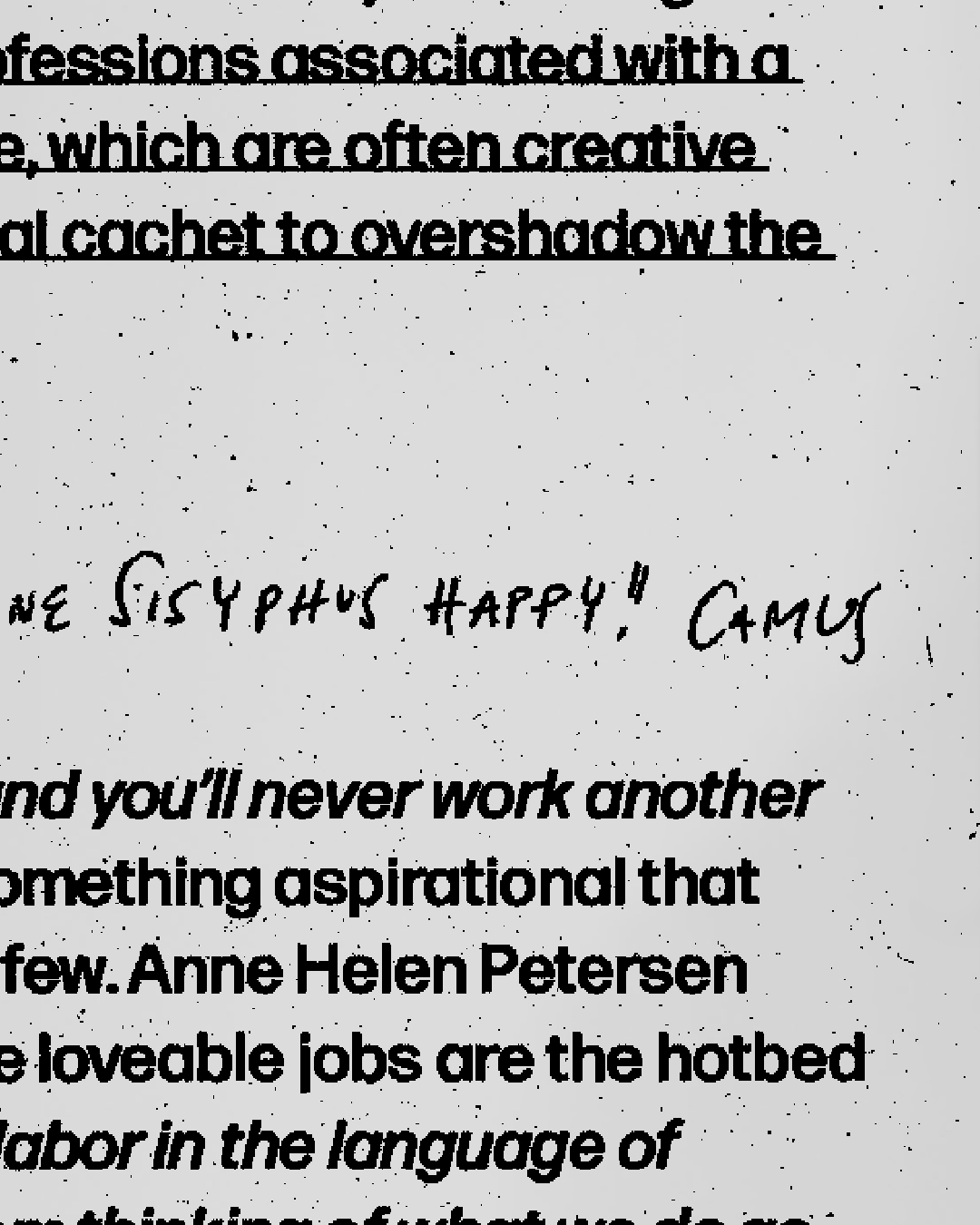
Monograph ‘There is Nothing New Under the Sun’, Published by Void



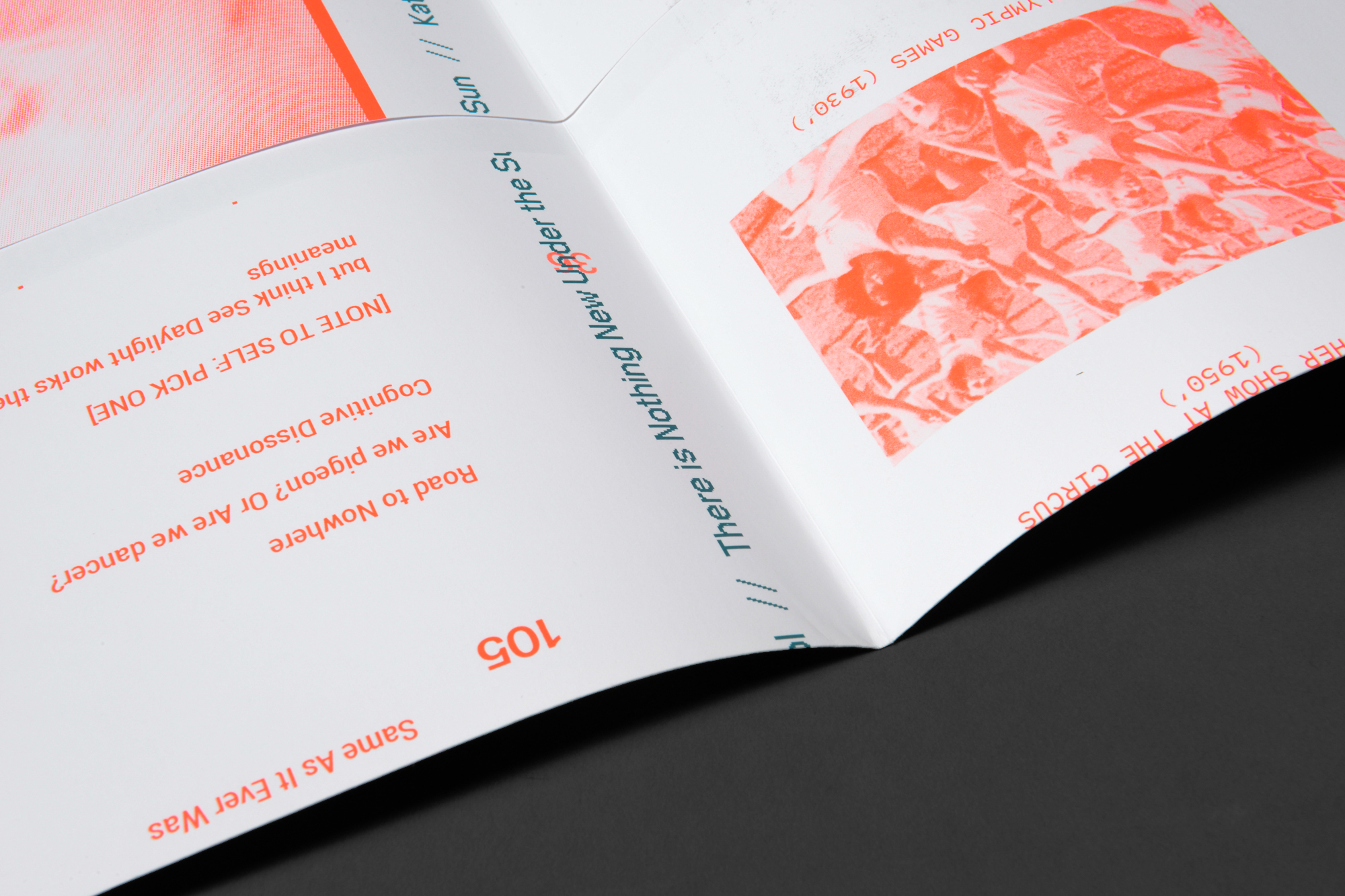
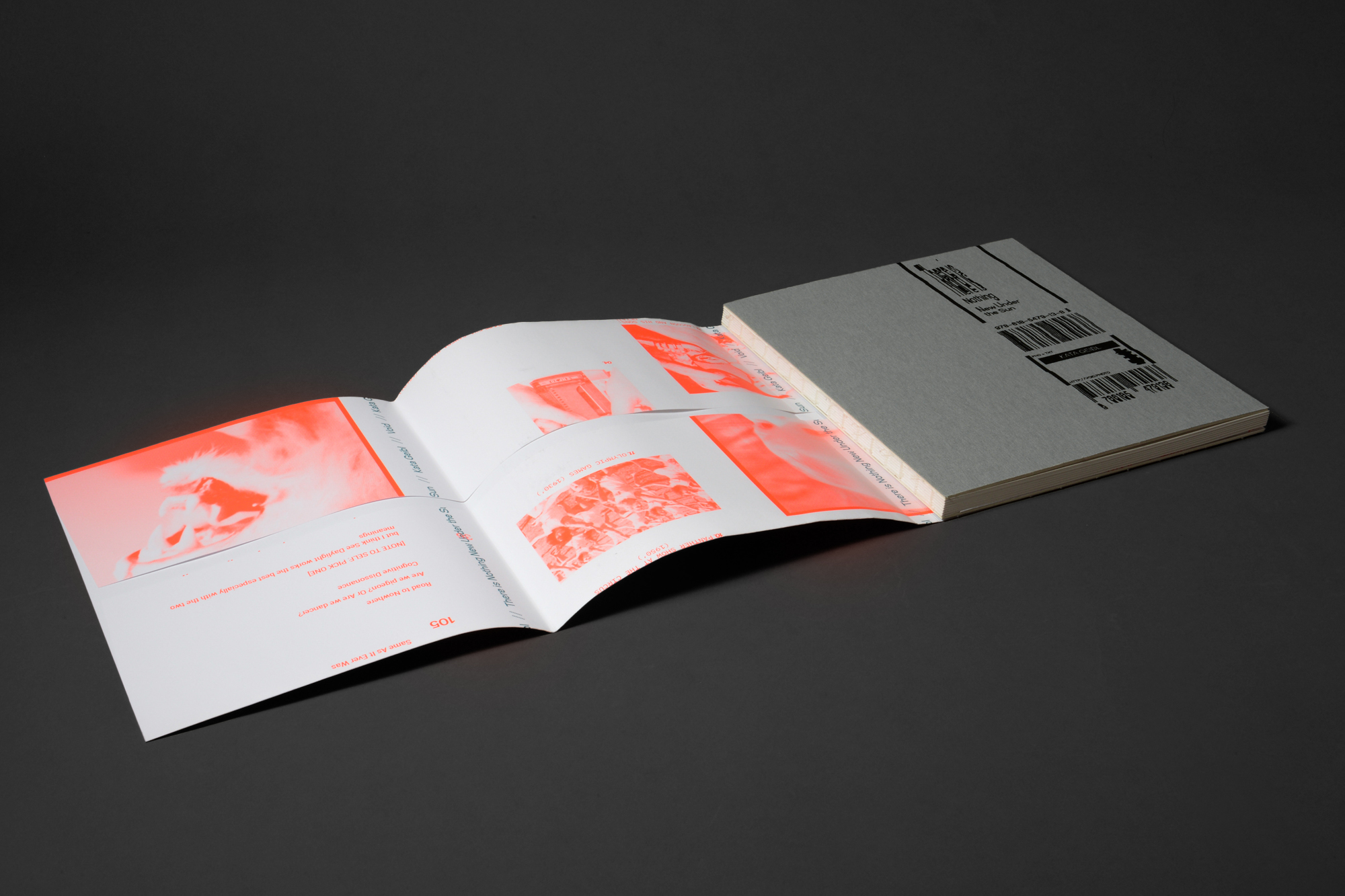 Monograph ‘There is Nothing New Under the Sun’, Published by Void
Monograph ‘There is Nothing New Under the Sun’, Published by VoidThere is Nothing New Under the Sun includes images of apparently perfect athletic bodies, for example; it also includes shots of animals under human control — whether they’re bees fresh from the beehive, or a horse blinkered under a fly hat. Other images show financial sectors, such as London’s financial district or a pint-sized model village.
Geibl wants to achieve a very political feeling in this series without showing it overtly, and is seeking out “very specific places and scenarios” for her images — though she started her career shooting straight documentary work, she now works more conceptually and will happily set up and stage her shots.
Essay by Diane Smith
Essay by Diane Smith



Your work often involves reflecting on the world we live in, and the effects of contemporary culture. We’ve previously shared your series “Sisyphus,” which took a very scientific approach to this idea, while your newer work feels more organic in nature. Can you speak a bit about this shift for “There Is Nothing New Under the Sun?”
I could most liken this shift to Lars von Trier’s movie Melancholia. There’s a scene where Kirsten Dunst’s character feels the end of the world before anyone and swaps albums from abstract paintings to figurative oil paintings in the family library. The blue square is replaced by Caravaggio and Bruegel. I’m feeling this kind of transformation now with Sisyphus to Nothing New Under the Sun. Abstraction and rationality can no longer answer my questions which is why the shift was necessary.
Interview by Bailey Dale
Interview by Bailey Dale

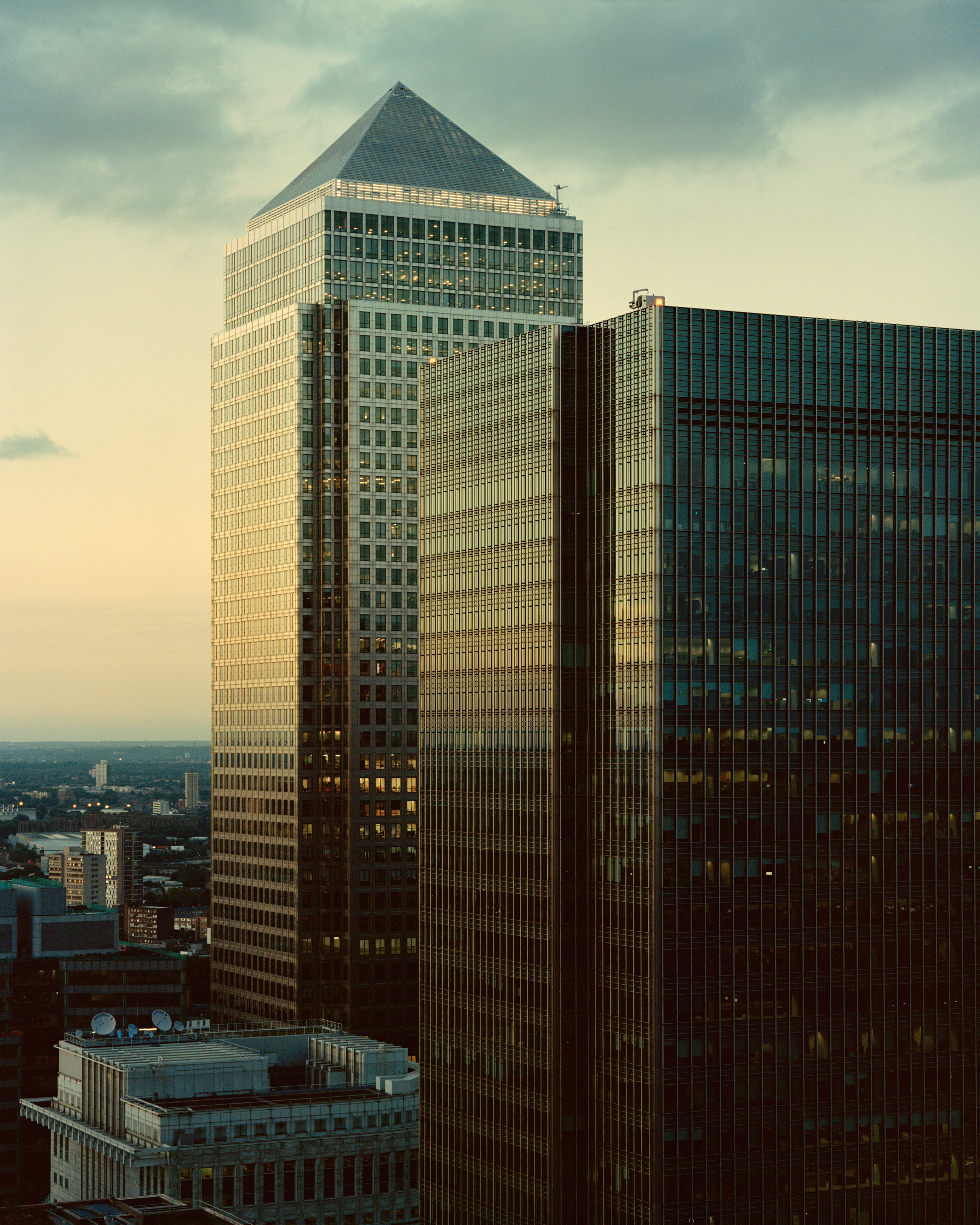

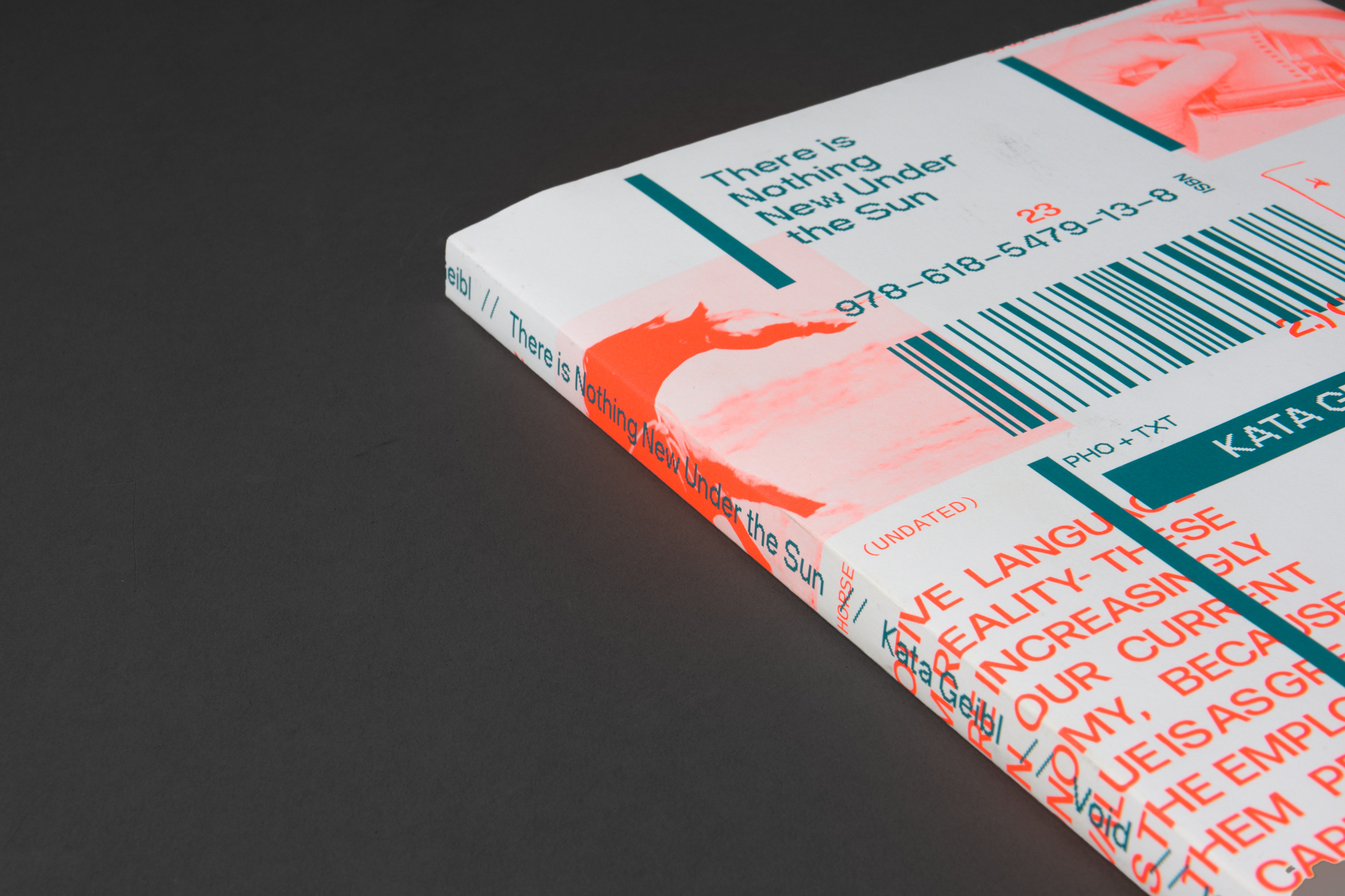

Monograph ‘There is Nothing New Under the Sun’, Published by Void
Speaking of Melancholia, I wanted to ask about a specific image in your series that I love – the still life of a model that is on fire. It’s the one image that reminds me of the sense of impending doom that is prevalent throughout the movie, while the other photos don’t feel quite as ominous. What was your thought process and intention during the creation of that image?
This image was born after reading Baudrillard’s simulacrum theory again, where his argument is that the Gulf War didn’t happen. Mass media created a spectacular view of the war through television screens. What the world saw from the war was merely a simulation of the war in hyperreal space. He wrote that essay in 1991 but it is more relevant to our world today than ever. If you just think about the fake news era which we live in, where you no longer have any reference to an external reality, but statements which exist for themselves, replacing reality and facts. I wanted to capture this very strong image in a metaphorical way, which of course also speaks about the future that lies in front of us, due to the reality of climate change.
Interview by Bailey Dale
Interview by Bailey Dale
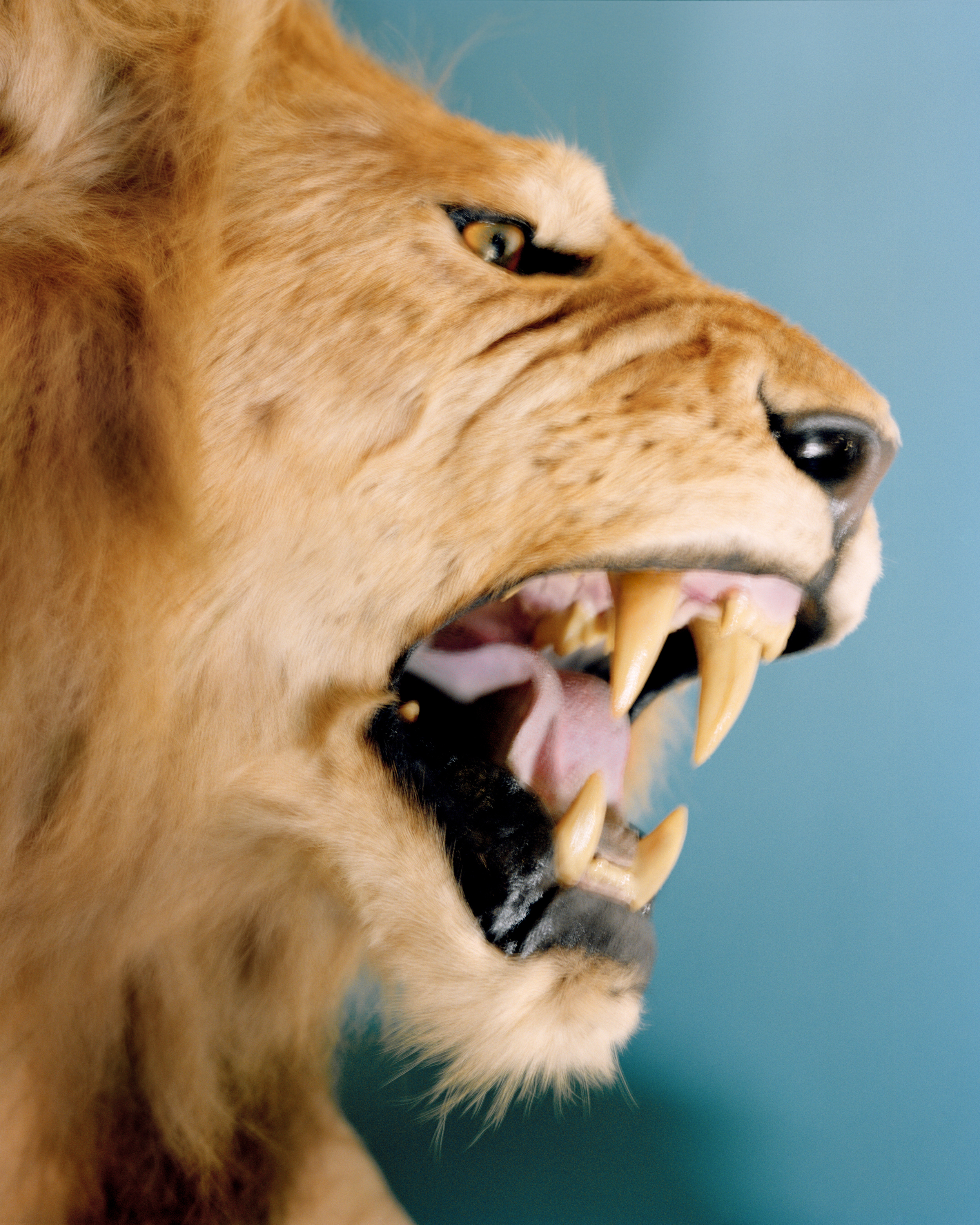

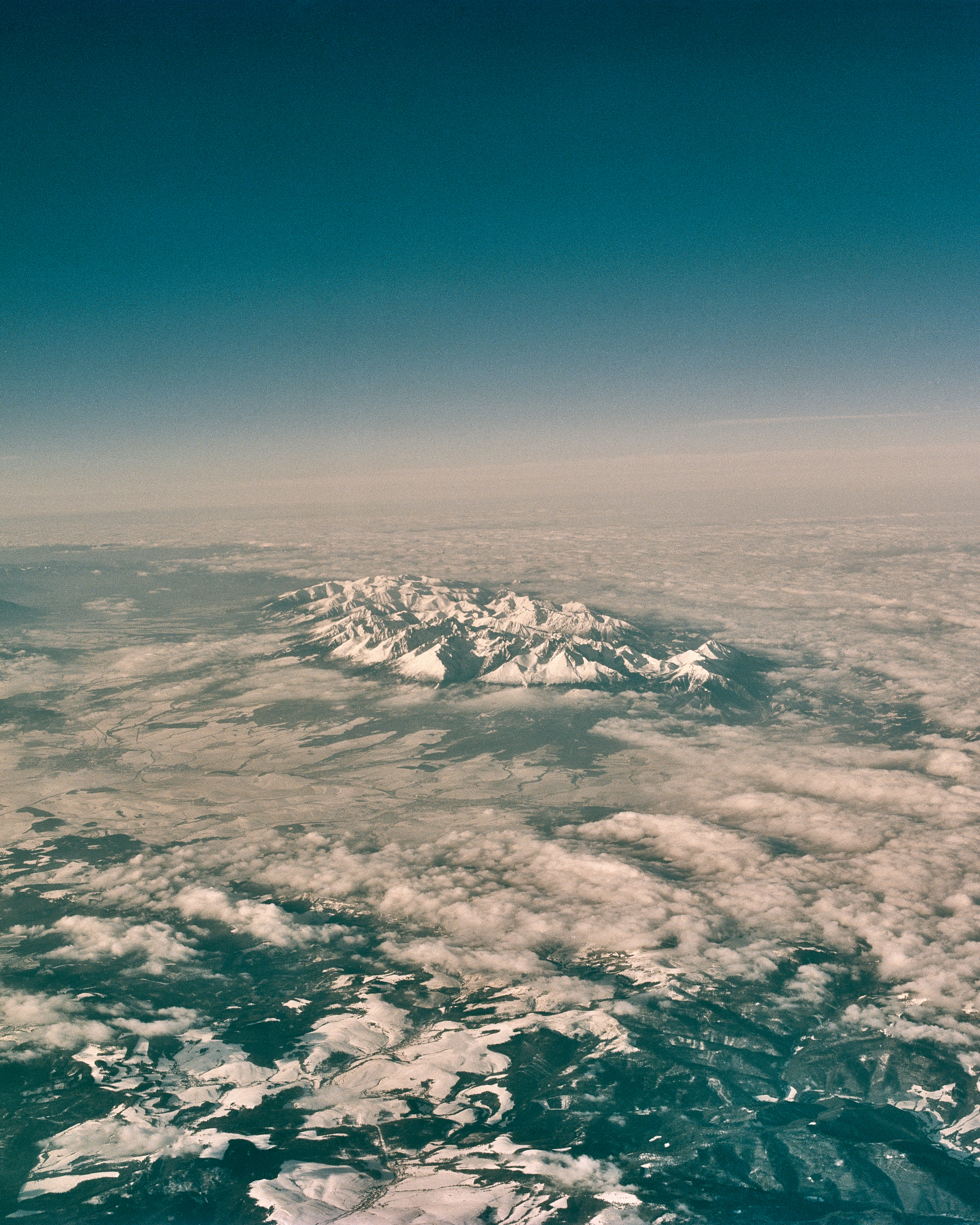
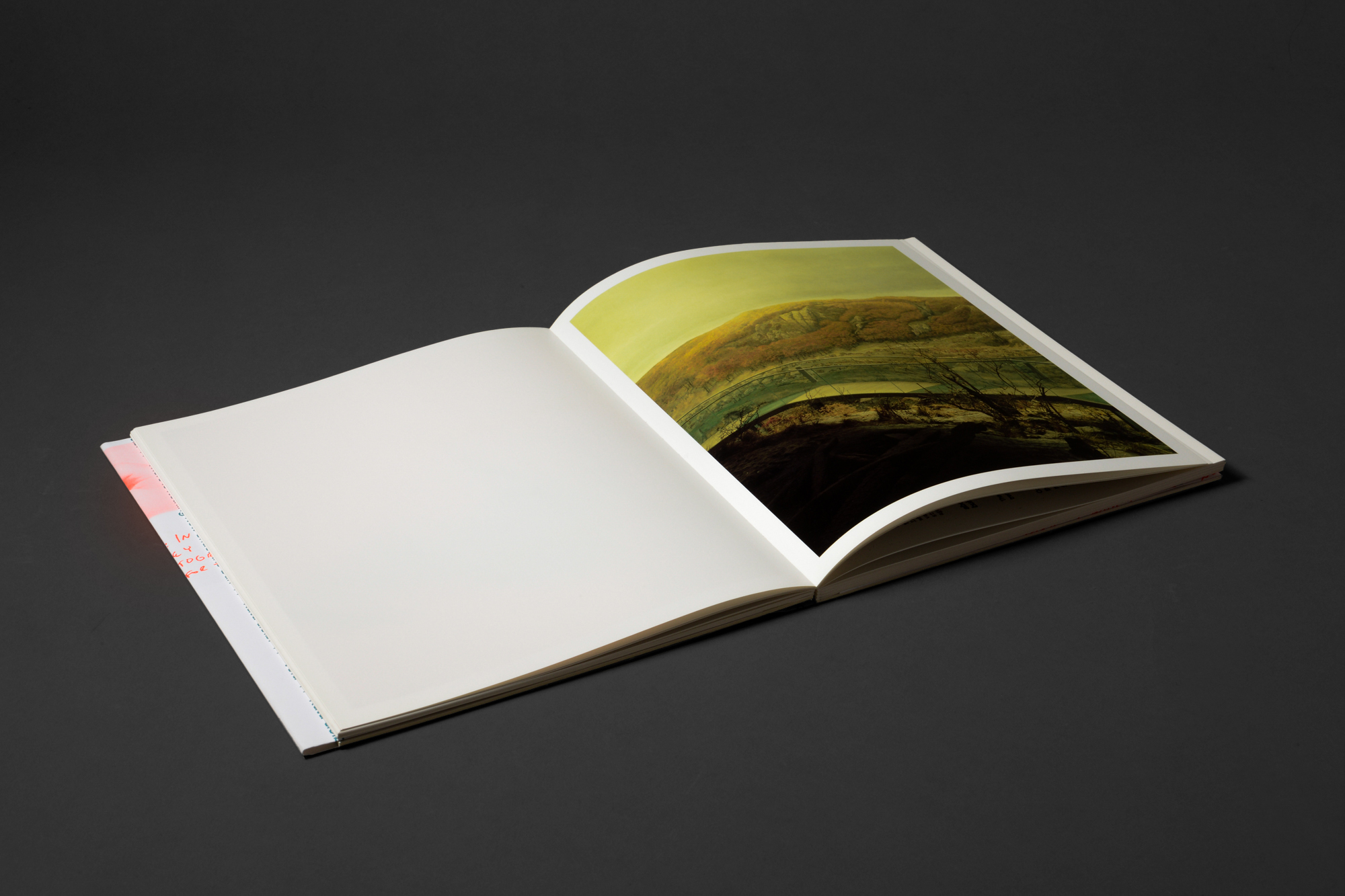


Monograph ‘There is Nothing New Under the Sun’, Published by Void
Sisyphus
In Greek mythology, Sisyphus tricked Death by trapping Thanatos in chains. Once Thanatos was bound by chains, no one died on Earth, this is why Sisyphus was punished to roll an enormous rock up a hill, only to watch it come back to hit him, repeating this action for eternity.
How we used to think about the world is changing radically every day. Religion is replaced by science, we are flooded by images every day, we want instant access to knowledge. Photography as a medium has the ability to capture everything that’s in front of the camera, the machinery sees even what the human eye is not capable of.
How we used to think about the world is changing radically every day. Religion is replaced by science, we are flooded by images every day, we want instant access to knowledge. Photography as a medium has the ability to capture everything that’s in front of the camera, the machinery sees even what the human eye is not capable of.
We can see universes, stars exploding, microscopic worlds, atom bomb detonation with the safety of the far distance. Through these images, we think we can get closer to understand how the world is functioning without ever experiencing or seeing it through our own eyes.
In series Sisyphus, I constructed an imaginary laboratory where it’s up to the reader to decide where the line lies between fiction and reality without any scientific explanation.
In series Sisyphus, I constructed an imaginary laboratory where it’s up to the reader to decide where the line lies between fiction and reality without any scientific explanation.
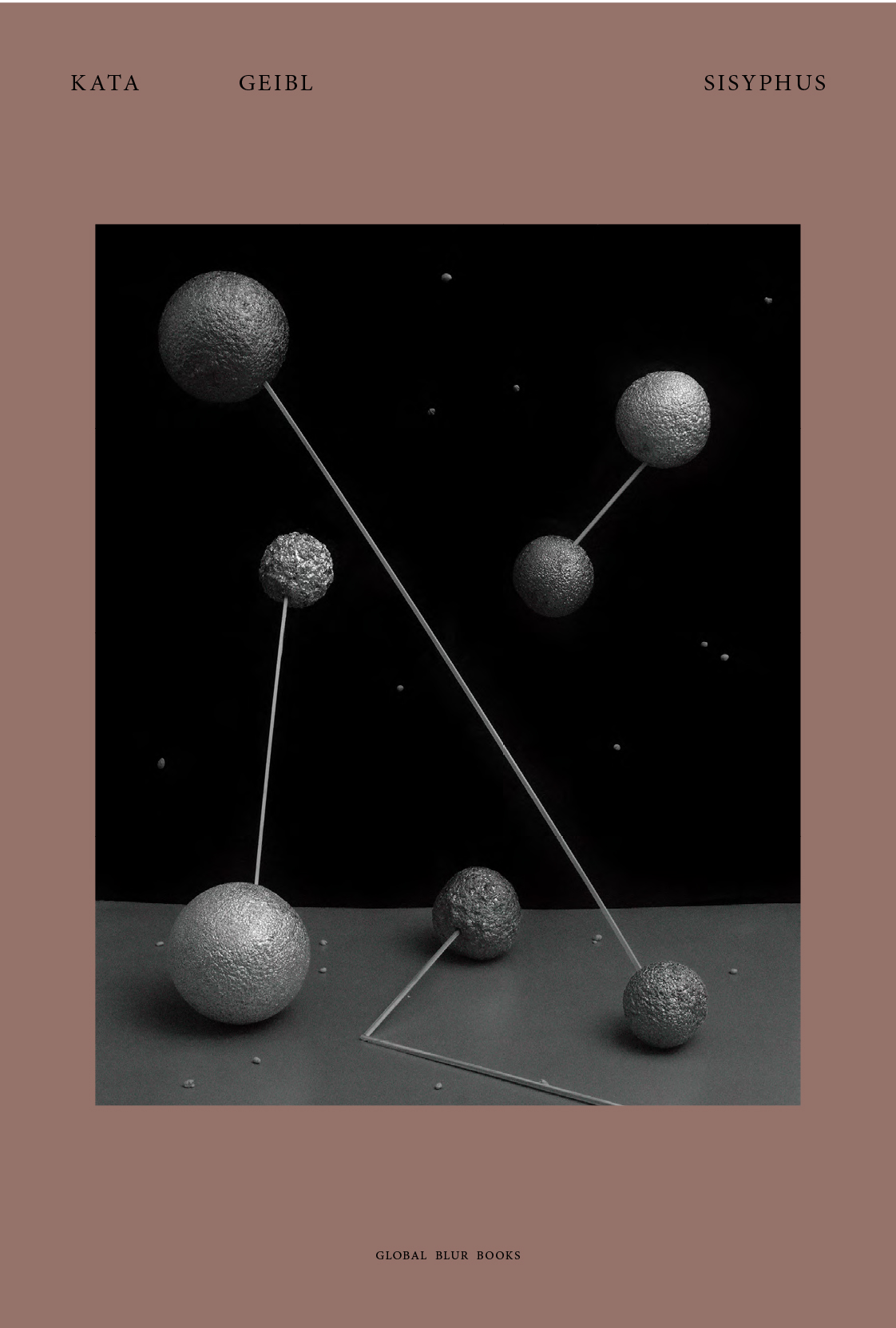
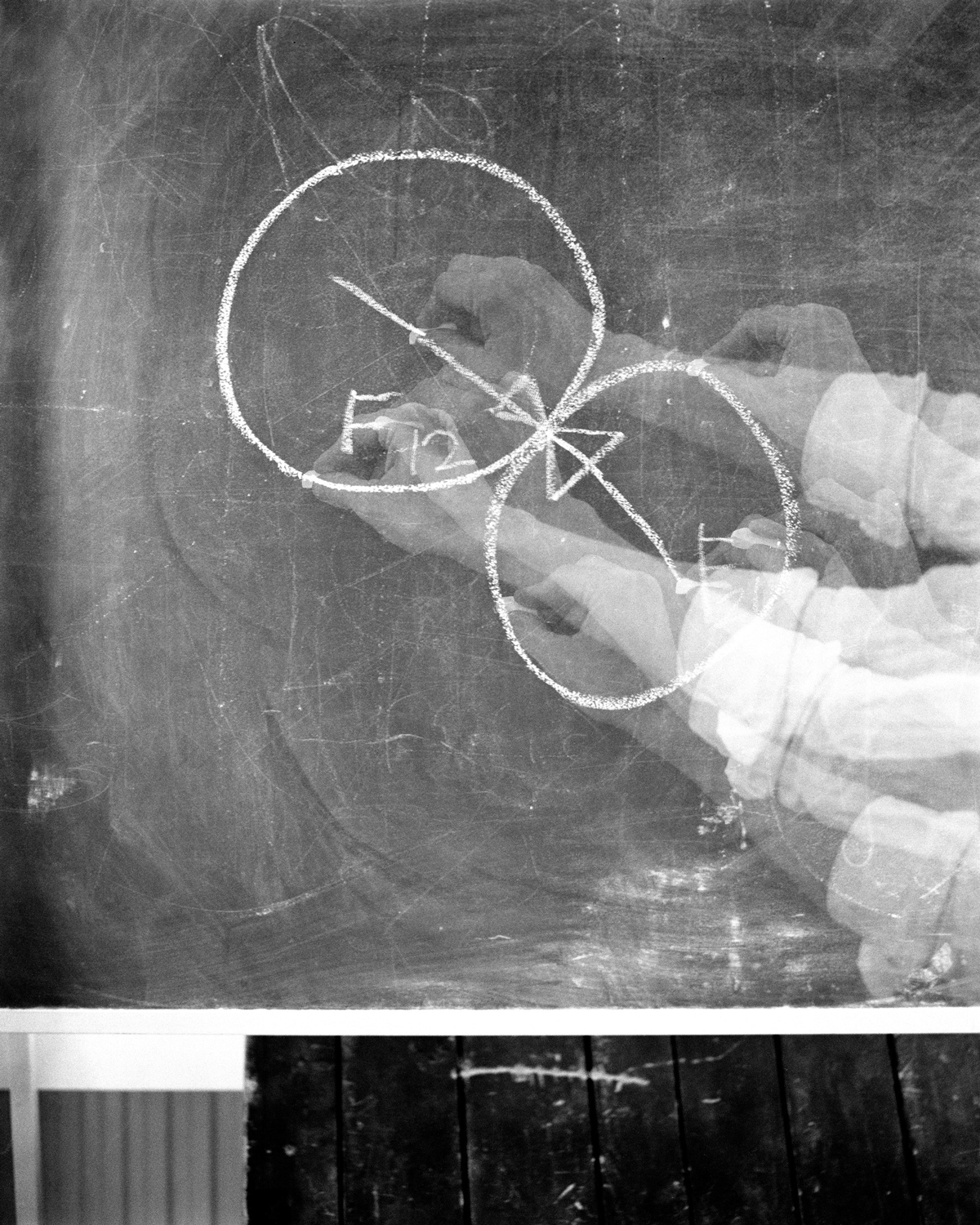

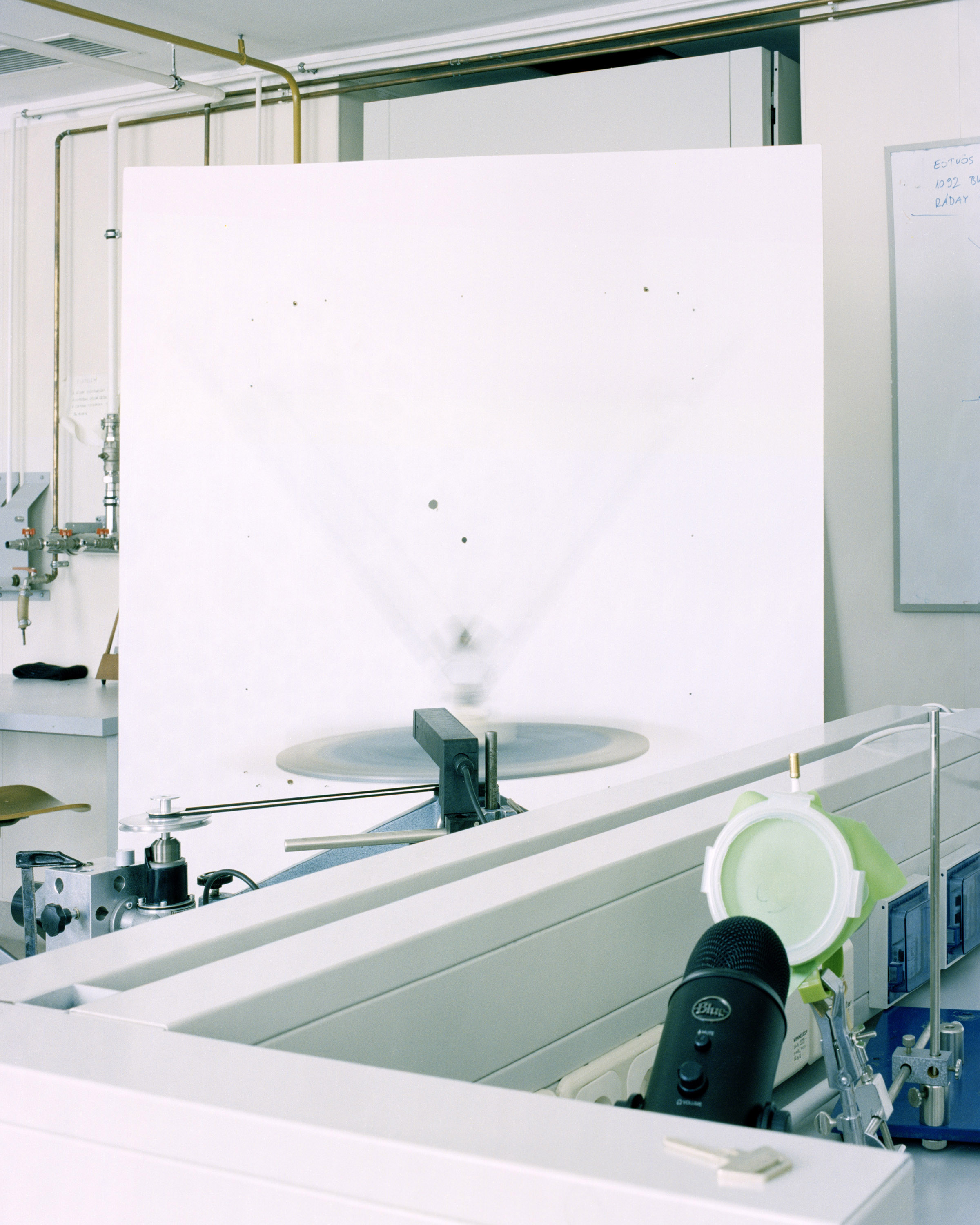
Geibl explores our reliance on science through a series of images that reveal our fascination with scientific objects – inanimate tools – that we use to help us determine major truths about human nature. The presence of human beings is insinuated, but never made fully obvious by incorporating the faces or full bodies within the environments she constructs.
Many of the images in Sisyphus are fabricated scenarios, and possess an intense, cinematic atmosphere that makes their drama even more appealing.
Essay by Cat Lachowskyj
Essay by Cat Lachowskyj
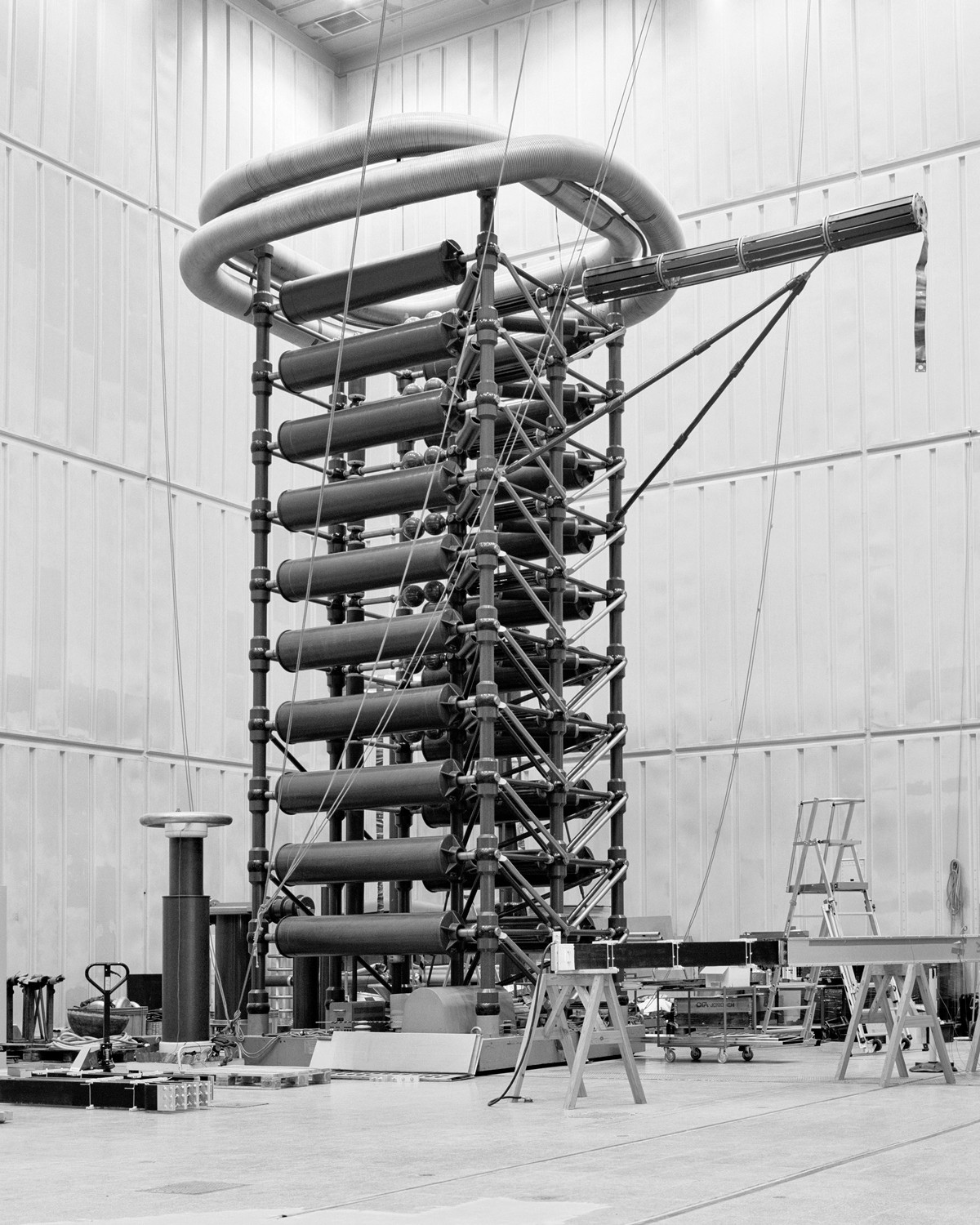


Sisyphus Zine
Published by Global Blur Books→
Published by Global Blur Books→
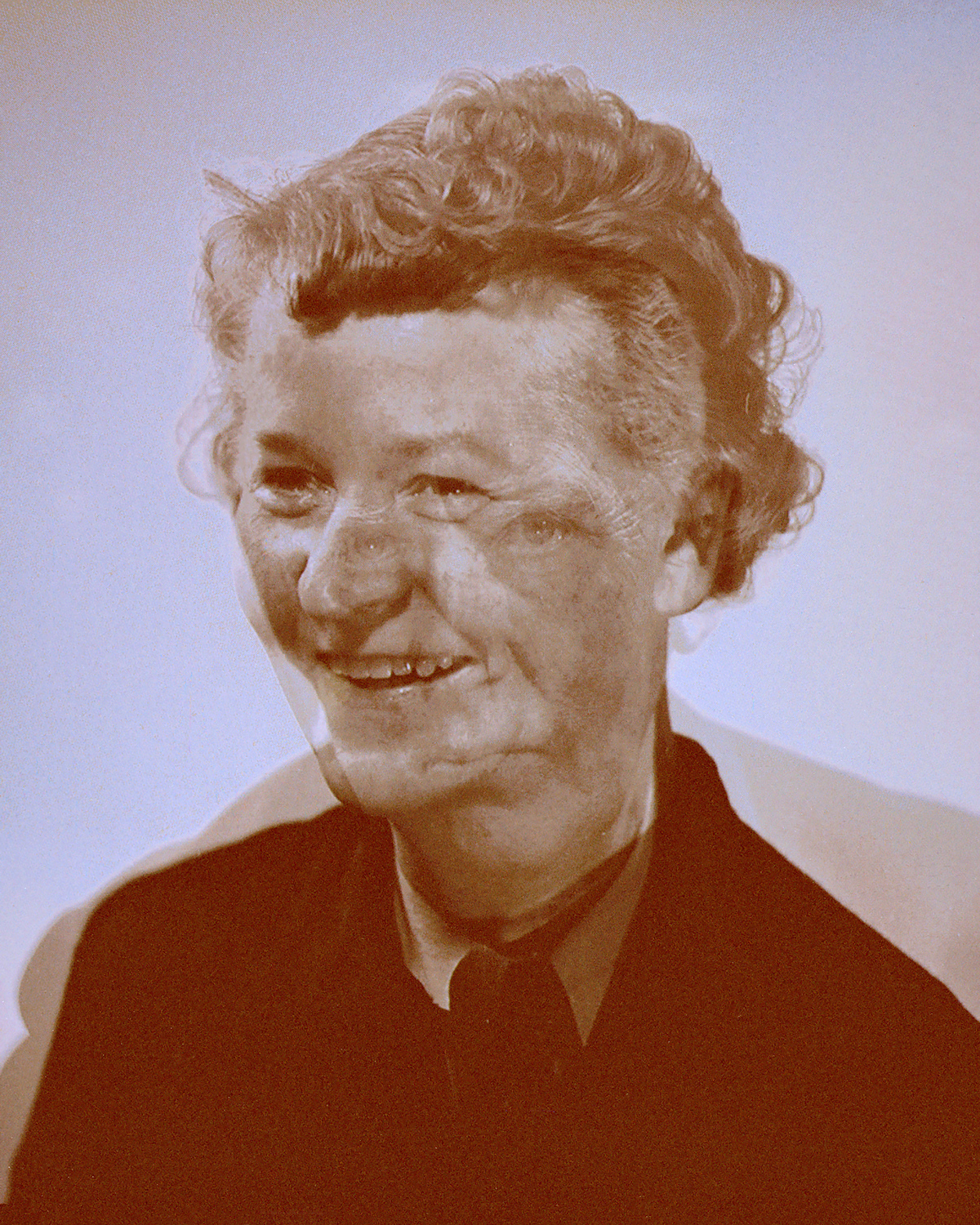
For photographer Kata Geibl, this cyclical myth acts as a metaphor for the topic explored in her series of the same name. Sisyphus is a photographic project that commentates on our incessant obsession with science – a discourse that regularly opens up new questions rather than conclusive answers – a hydra with multiplying heads that cannot ever be fully defeated or conquered.
While some images hint at a human presence, depicting their hands working through equations or interacting with particular substances, most of the images place human invention at centre stage, so that our manmade tools act as the protagonists in the story.
Essay by Cat Lachowskyj
Essay by Cat Lachowskyj
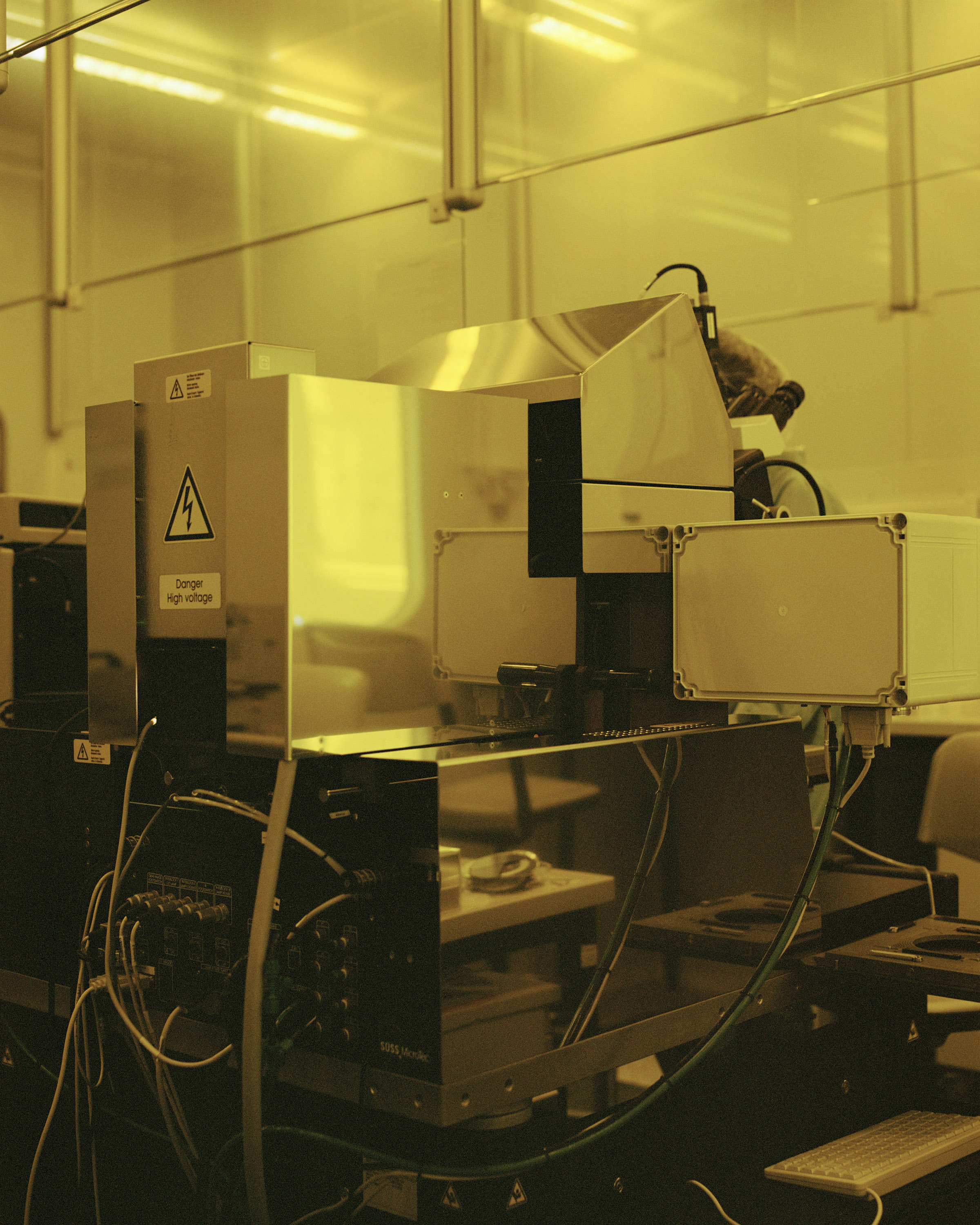
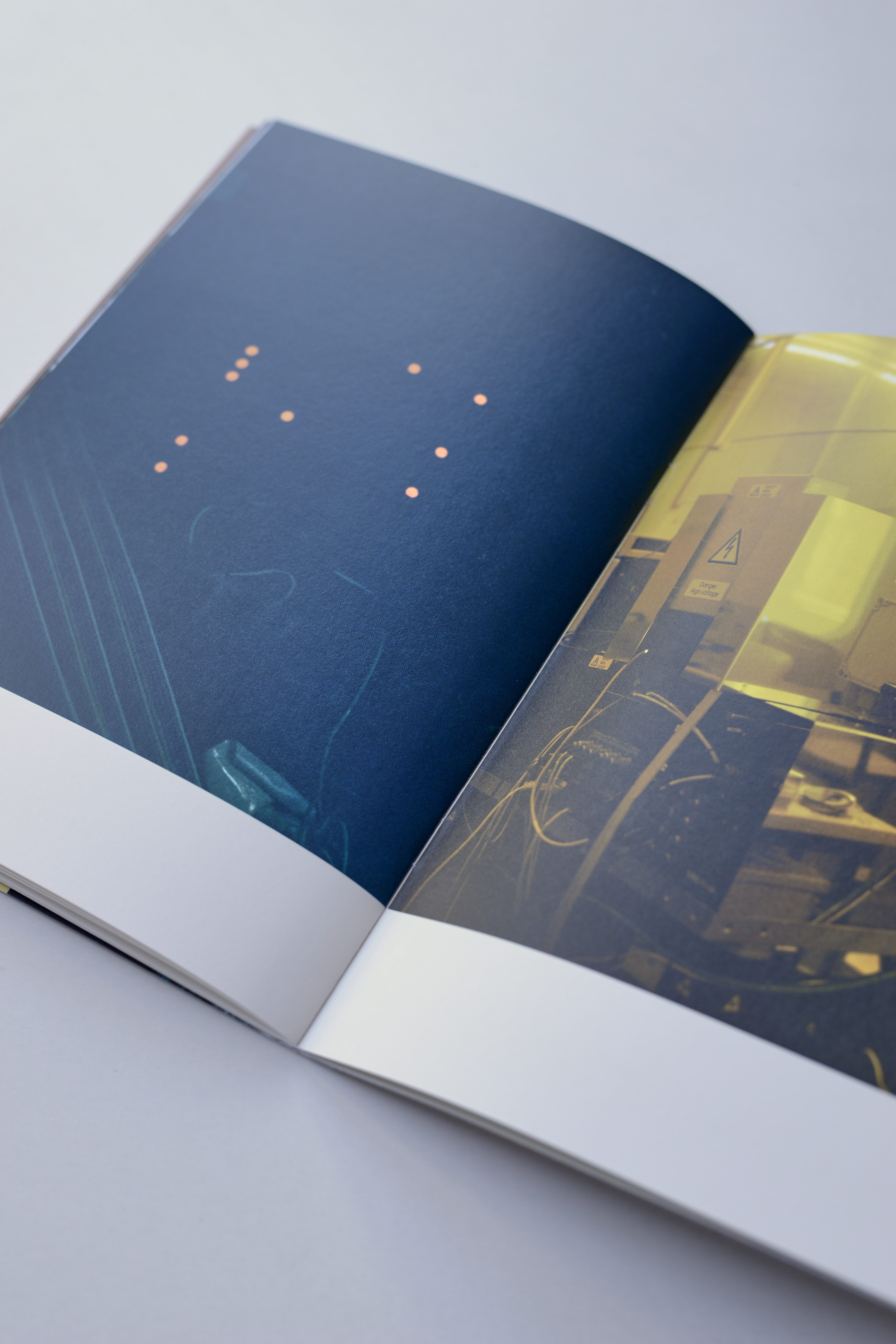
Sisyphus Zine
Published by Global Blur Books→
![]()
![]()
![]()
![]()
Sisyphus Zine
Published by Global Blur Books→
![]()
![]()
Published by Global Blur Books→

Your work focuses on humanity, our collective memories and the way mankind interacts with objects. There are, however, barely any people in your images. Why is that?
I like to think that my work questions how we form our understanding of reality. When there’s a human face, or even a group of people in an image, we are immediately drawn to it. We try to determine their personas, and so the meaning of the image becomes subverted. I try to show the world as a compley structure that goes beyond the individual, focusing instead on the man-made environment.
The space that we find ourselves in and the objects that we create reveal more about the human race than an individual ever could.
Interview in Unseen Magazin, Issue 5
The space that we find ourselves in and the objects that we create reveal more about the human race than an individual ever could.
Interview in Unseen Magazin, Issue 5
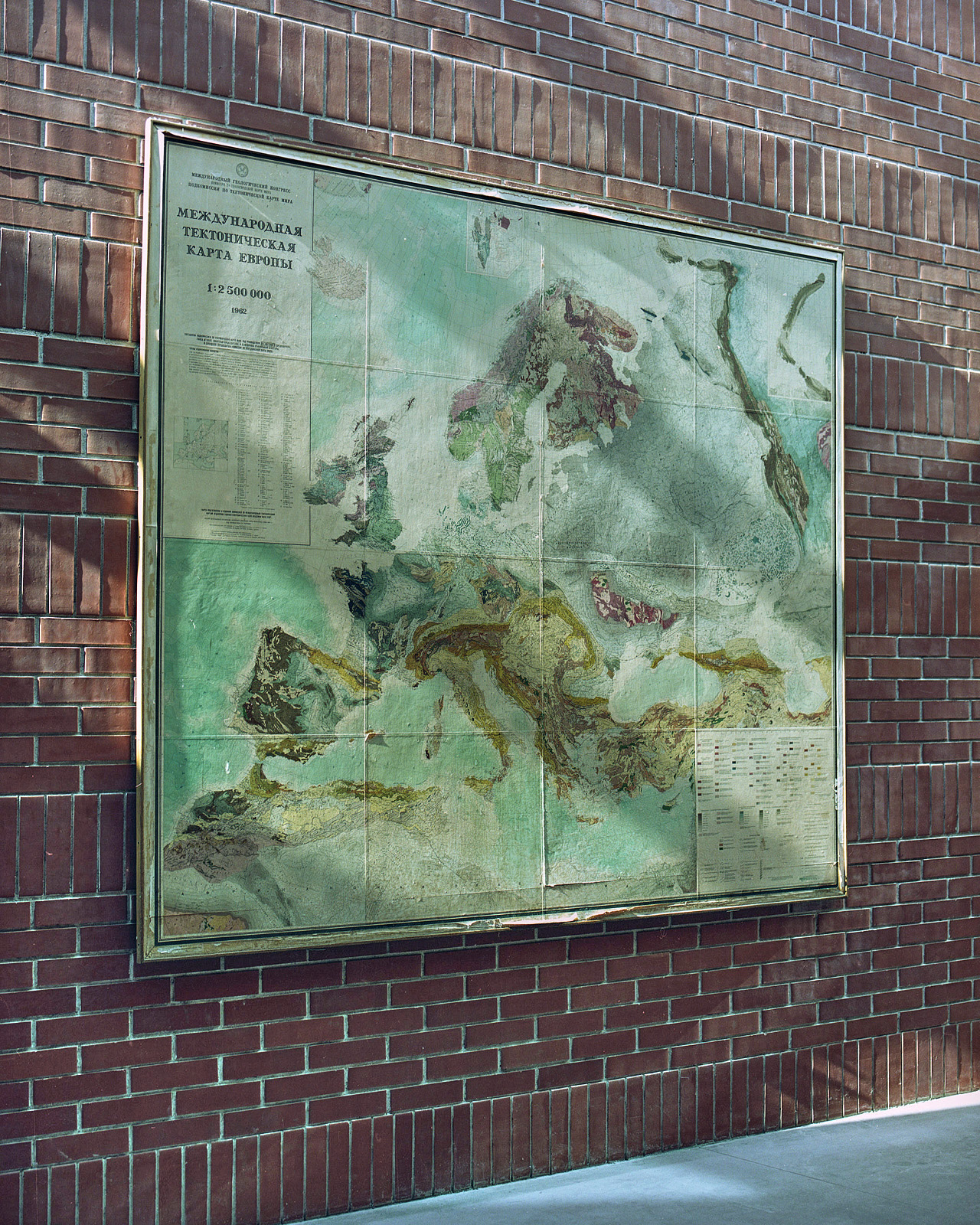
Could you elaborate on the idea of an ‘imaginary laboratory’?
The imaginary basis of the project is that an event took place that had a major impact on humanity, which only a select group of people experienced. The work makes use of two kinds of distinct imagery.
For the first, I worked on experiments in collaboration with physicists at a university in Budapedt - during the process, I added and changed certain elements in the space.
The remaining images are entirely of my own making, inspired by my fascination with imagery from the Space Race and the Cold War - periods when scientific achievement was used primarily as a weapon.
My goal was to create something timeless, leaving viewers unsure as to which decade the pictures come from, allowing their imagination to run wild.
Interview in Unseen Magazin, Issue 5
For the first, I worked on experiments in collaboration with physicists at a university in Budapedt - during the process, I added and changed certain elements in the space.
The remaining images are entirely of my own making, inspired by my fascination with imagery from the Space Race and the Cold War - periods when scientific achievement was used primarily as a weapon.
My goal was to create something timeless, leaving viewers unsure as to which decade the pictures come from, allowing their imagination to run wild.
Interview in Unseen Magazin, Issue 5


Sisyphus Zine
Published by Global Blur Books→

